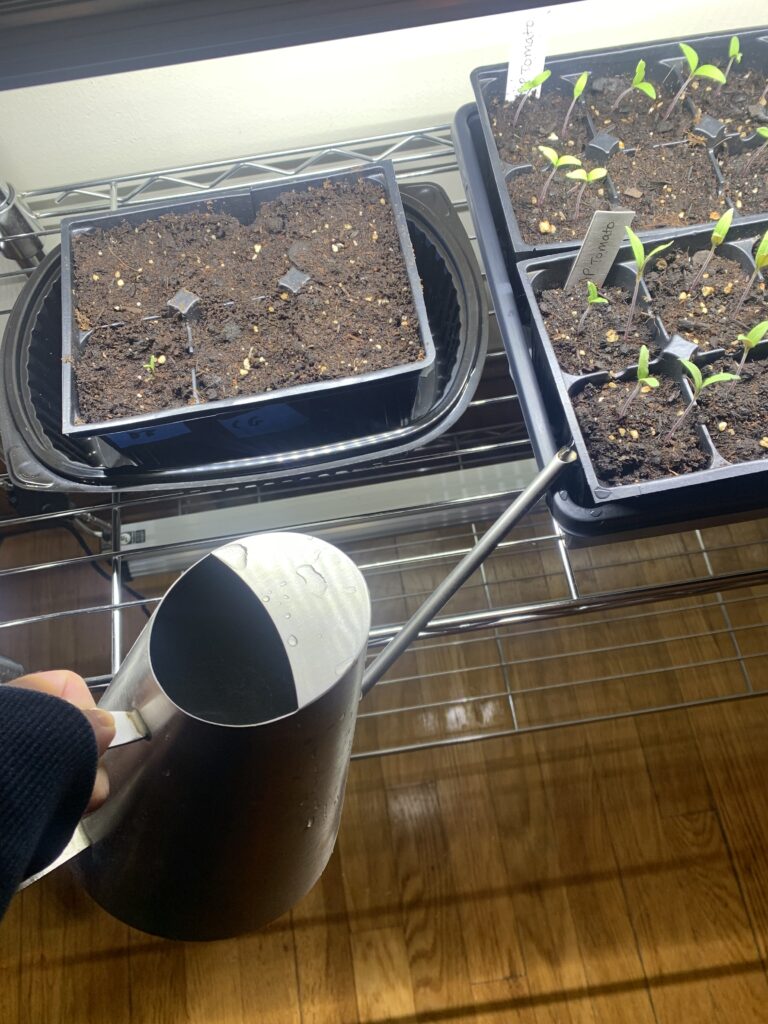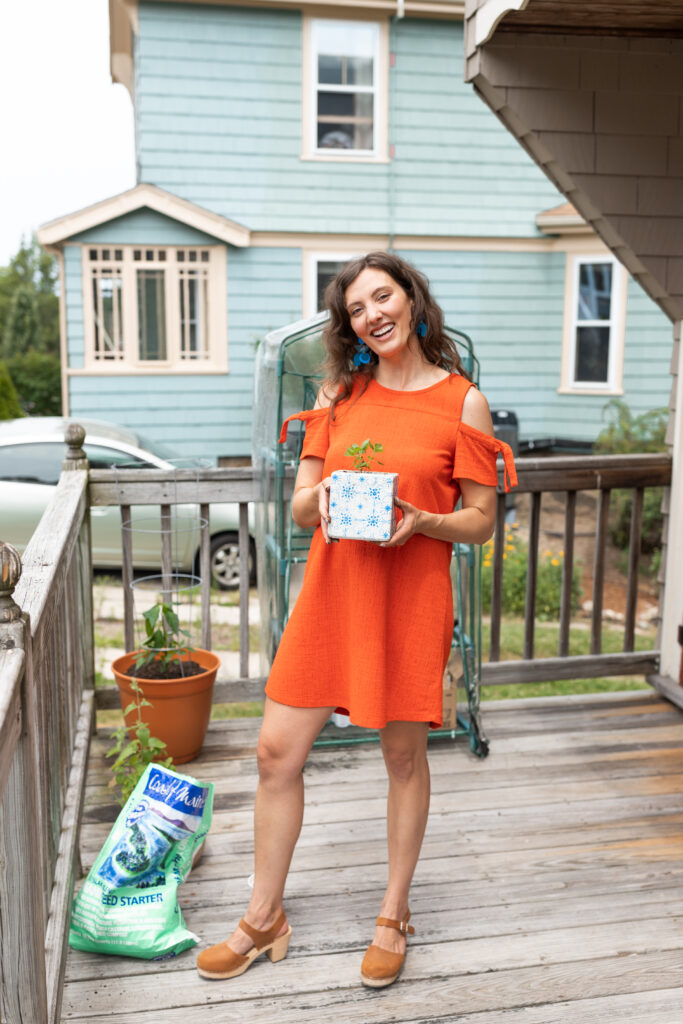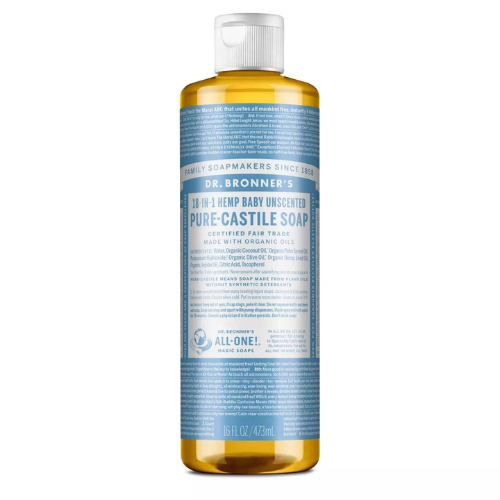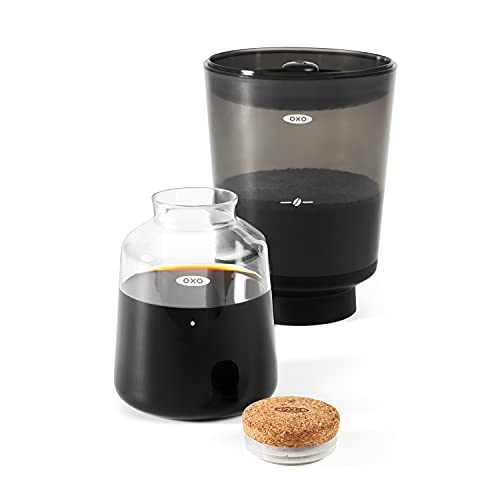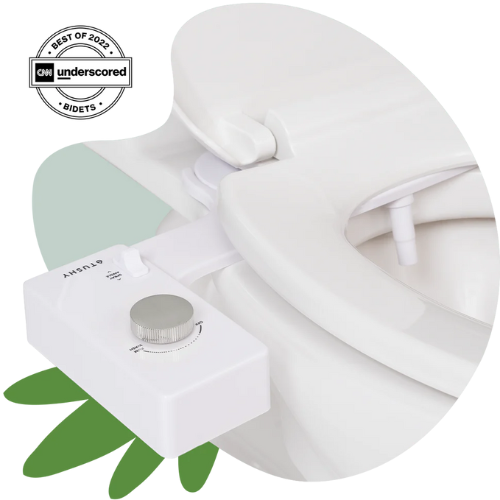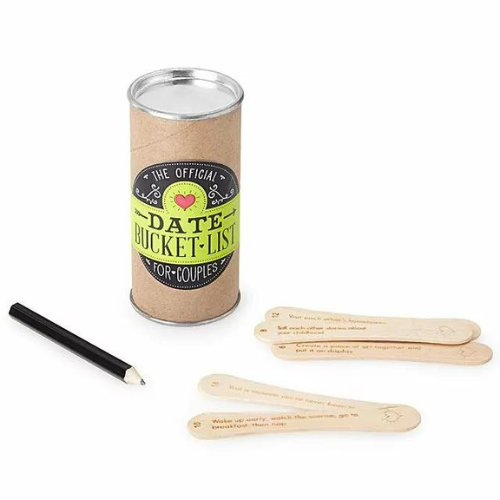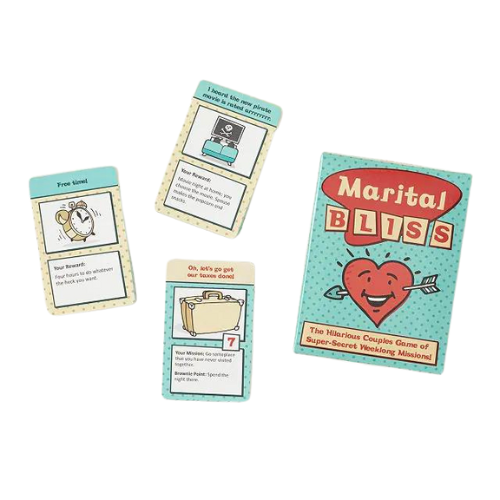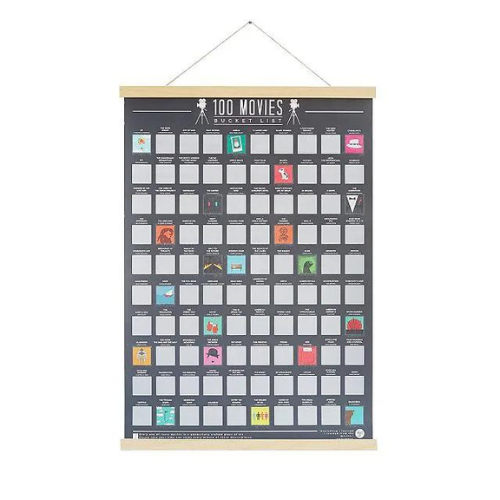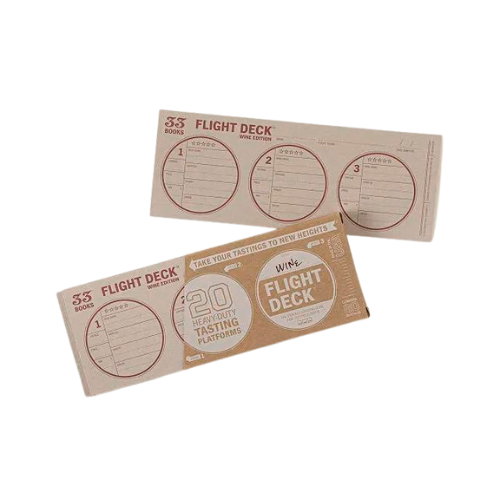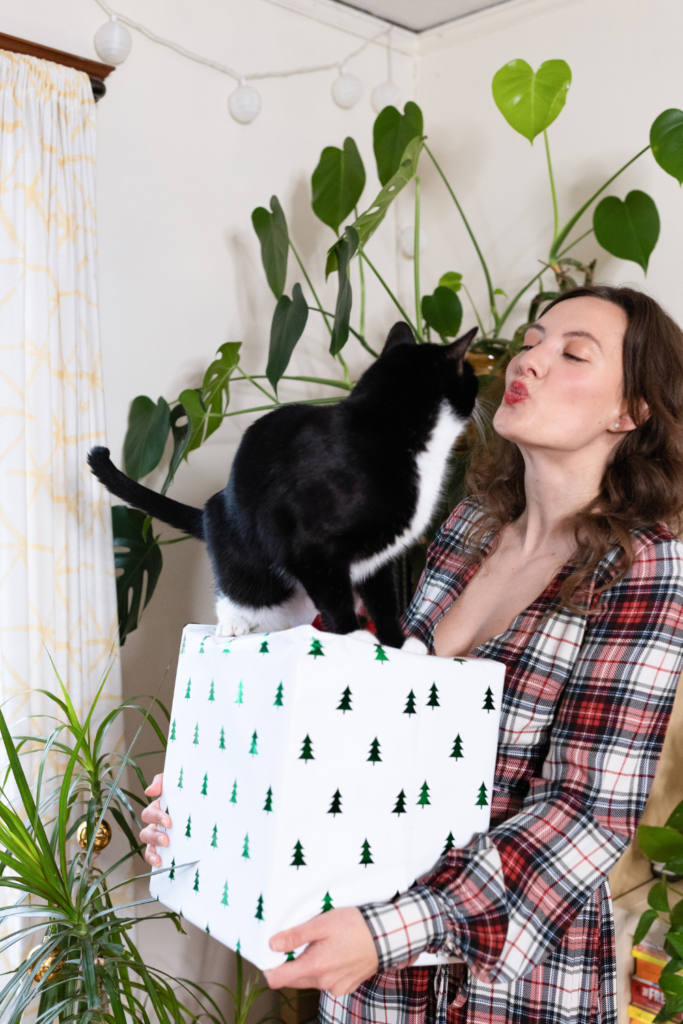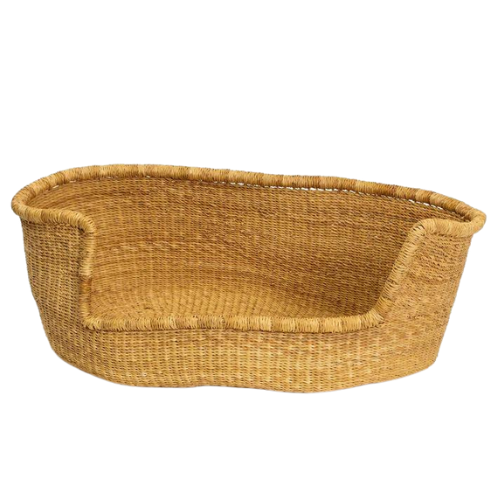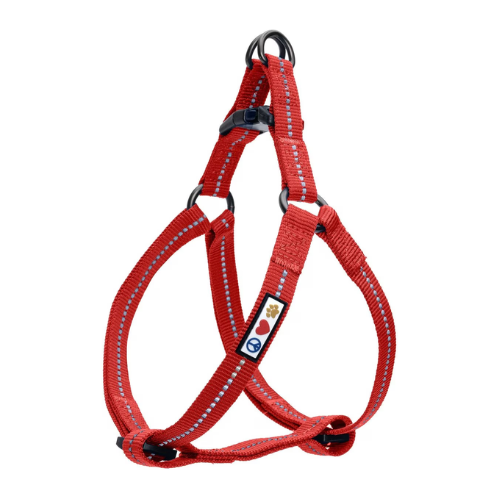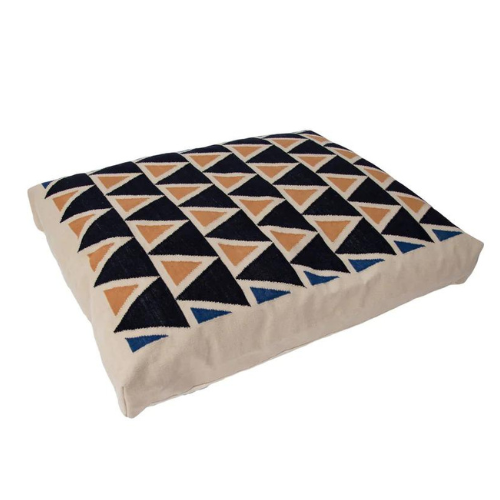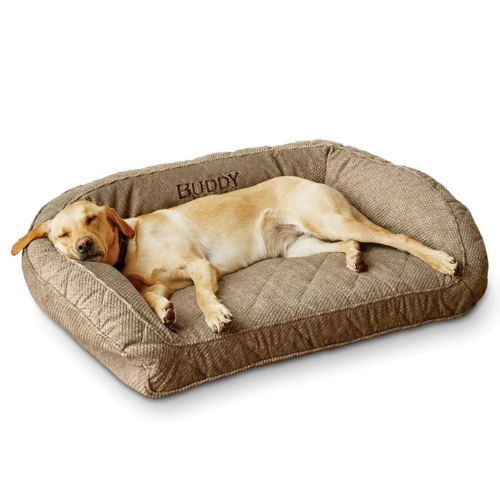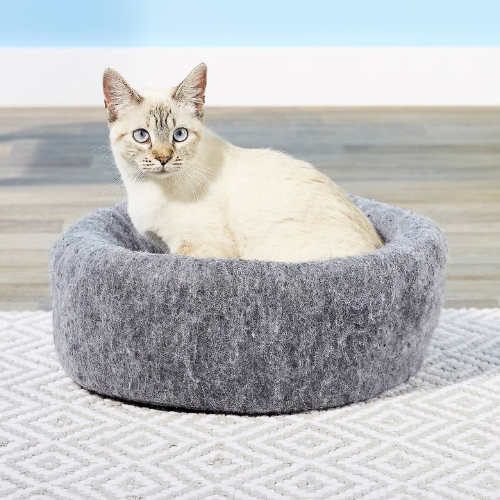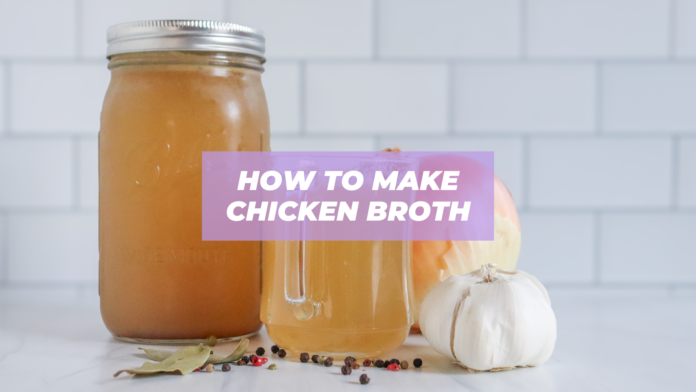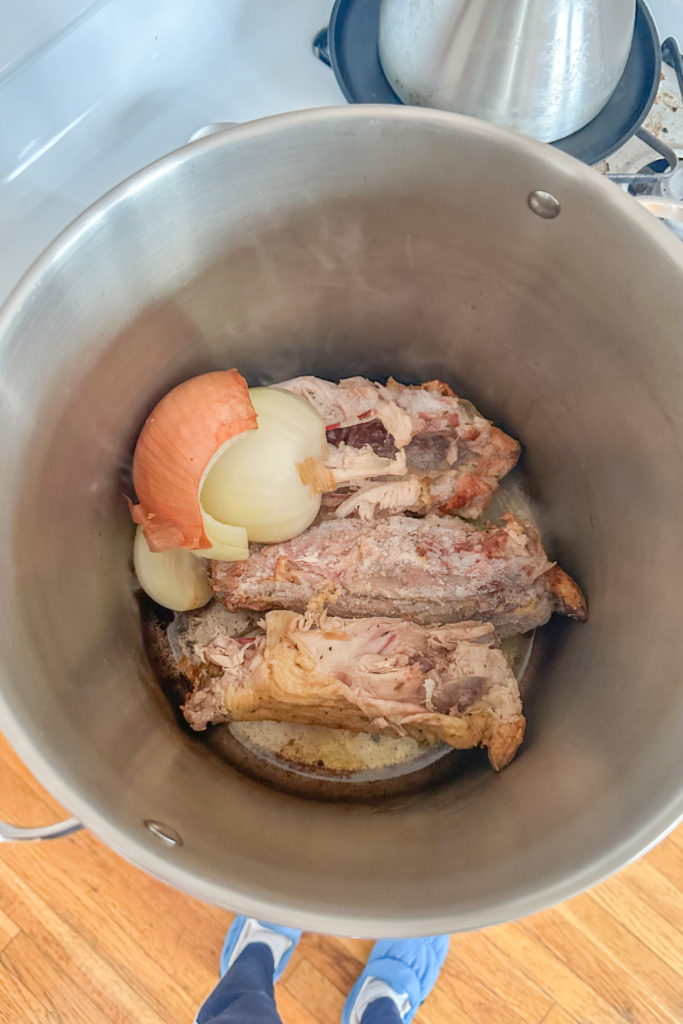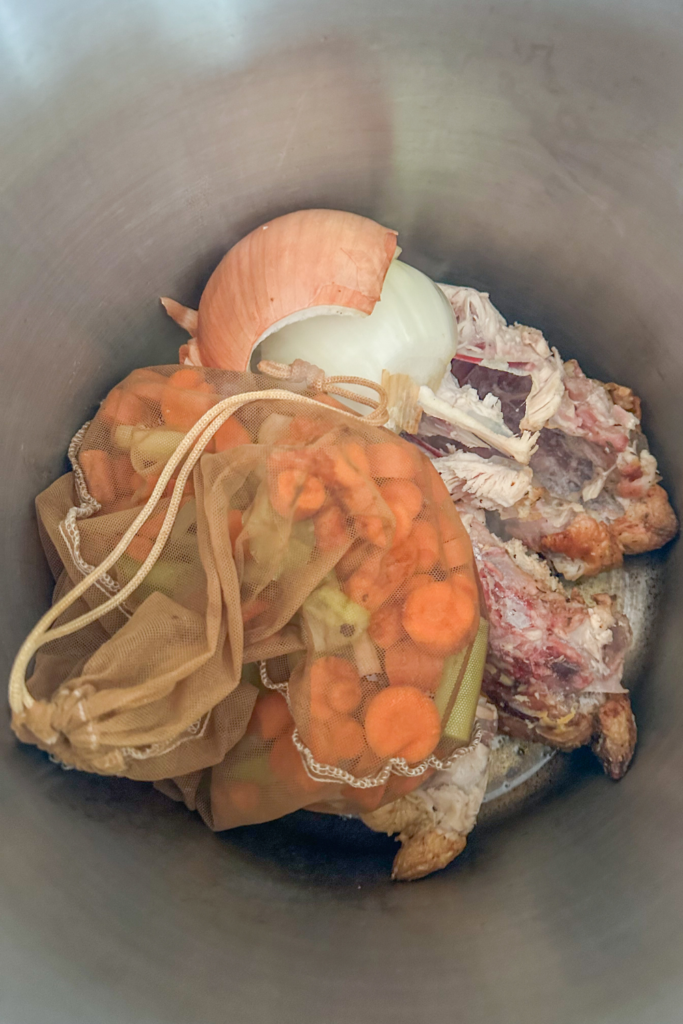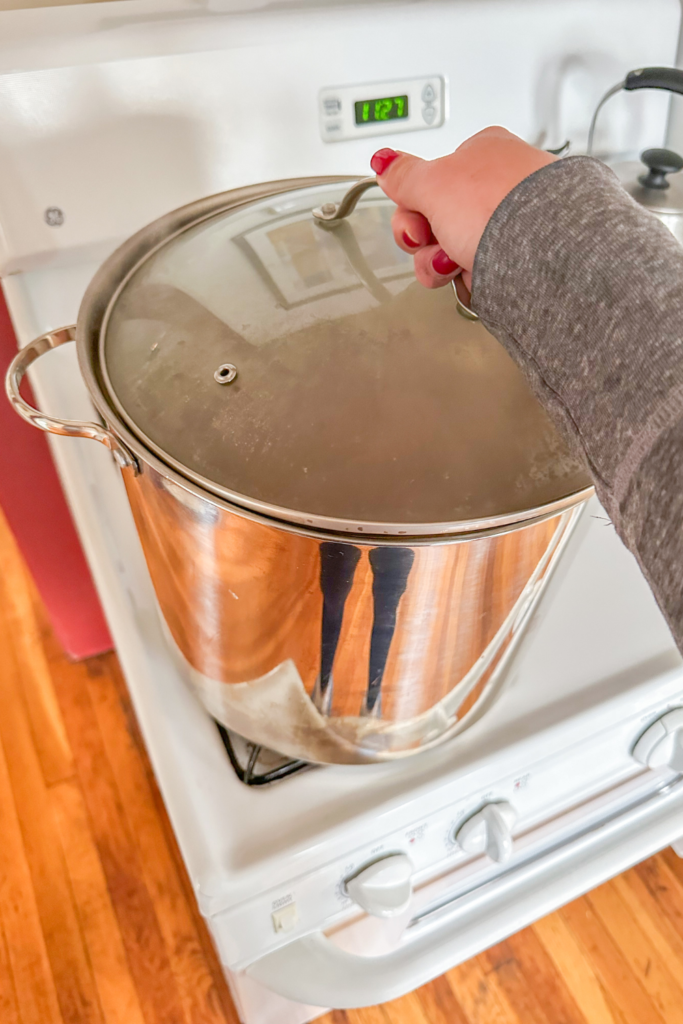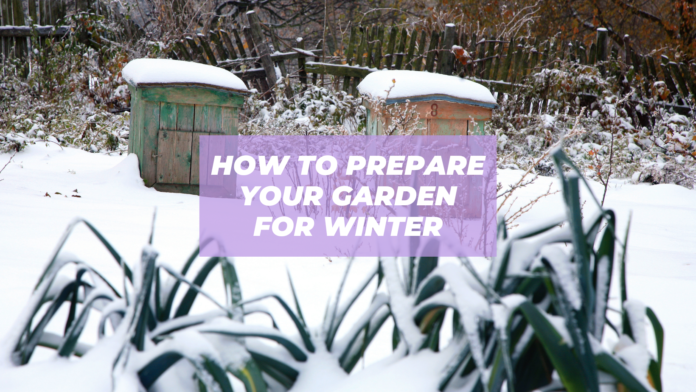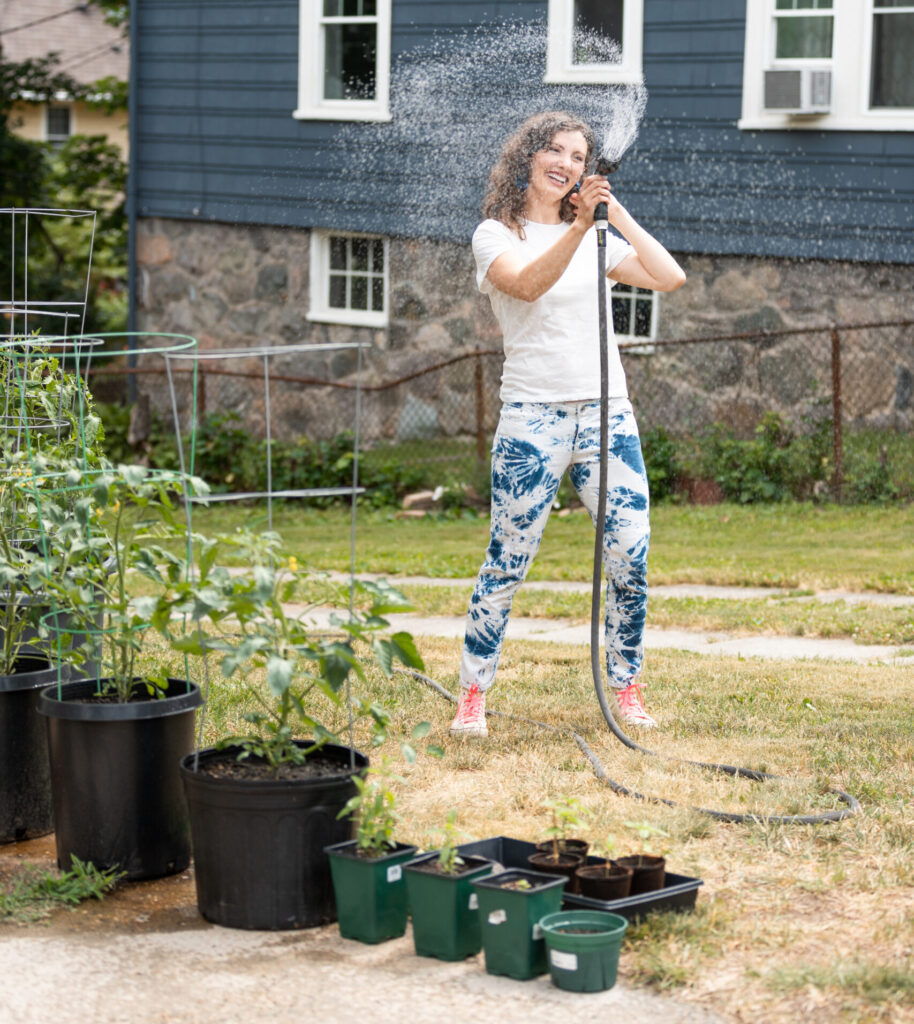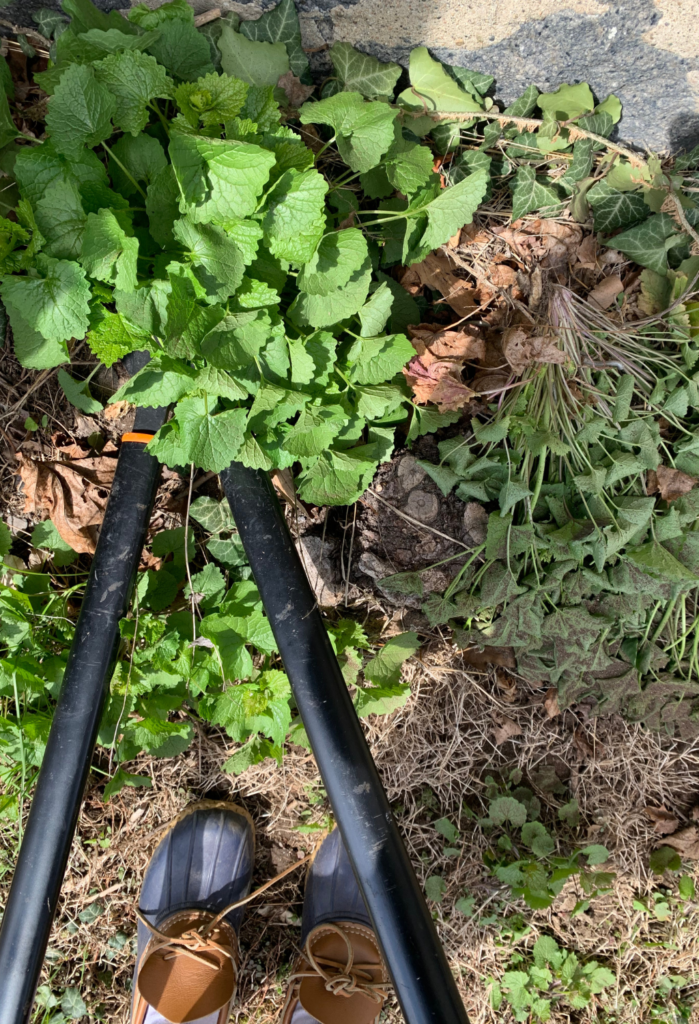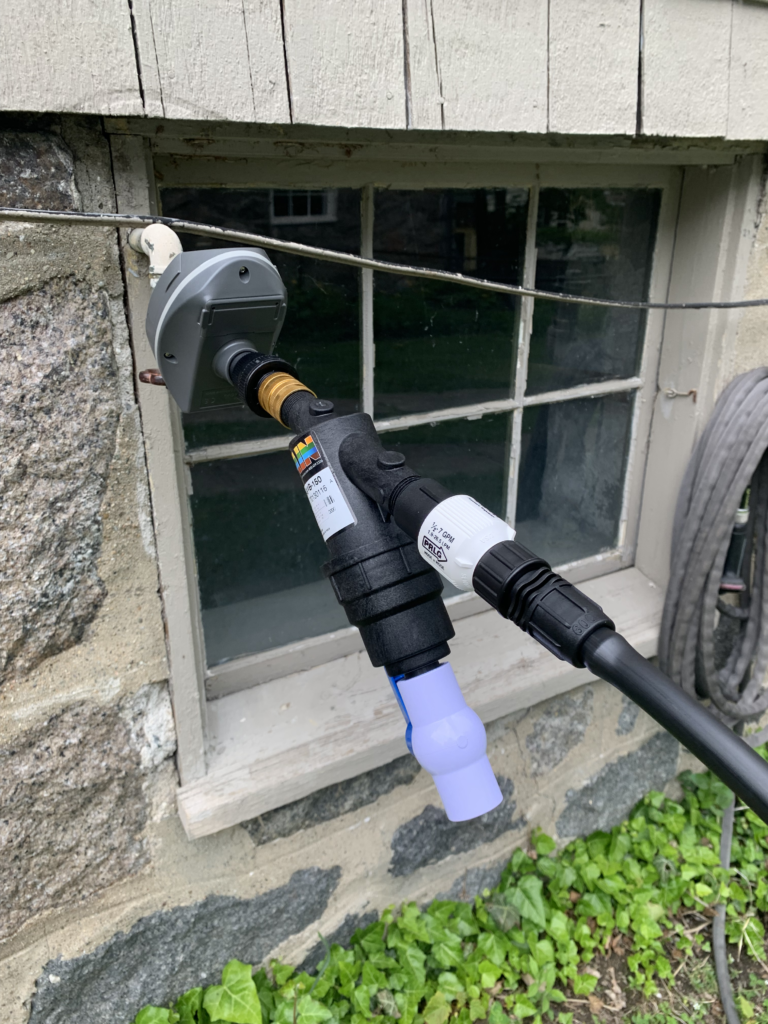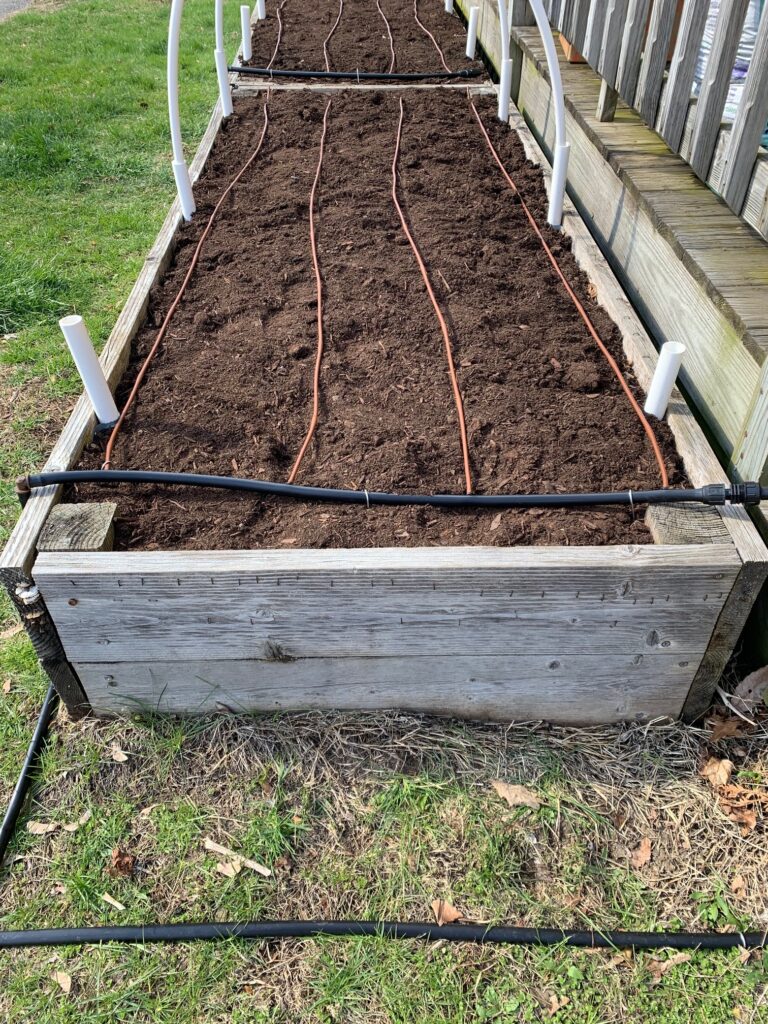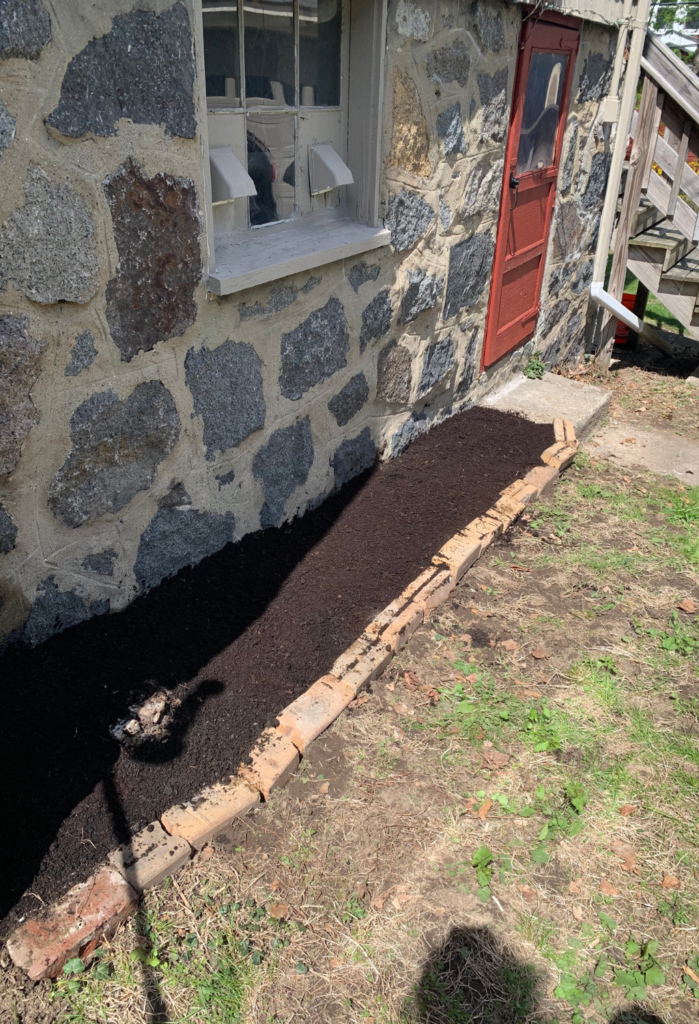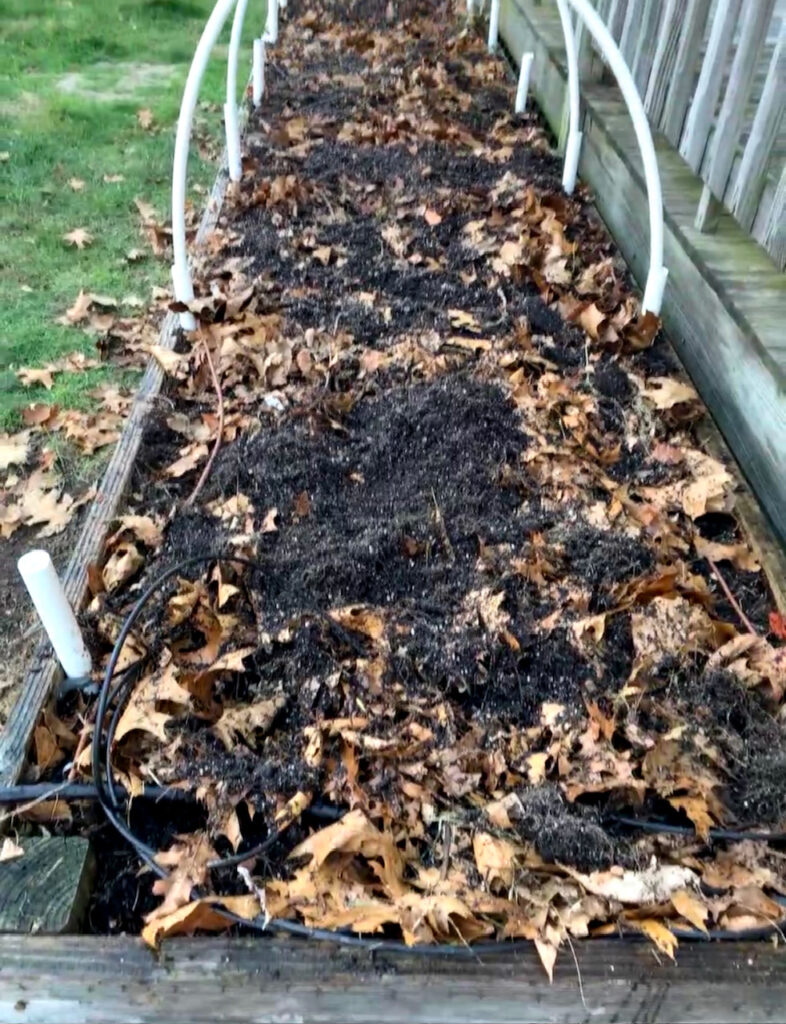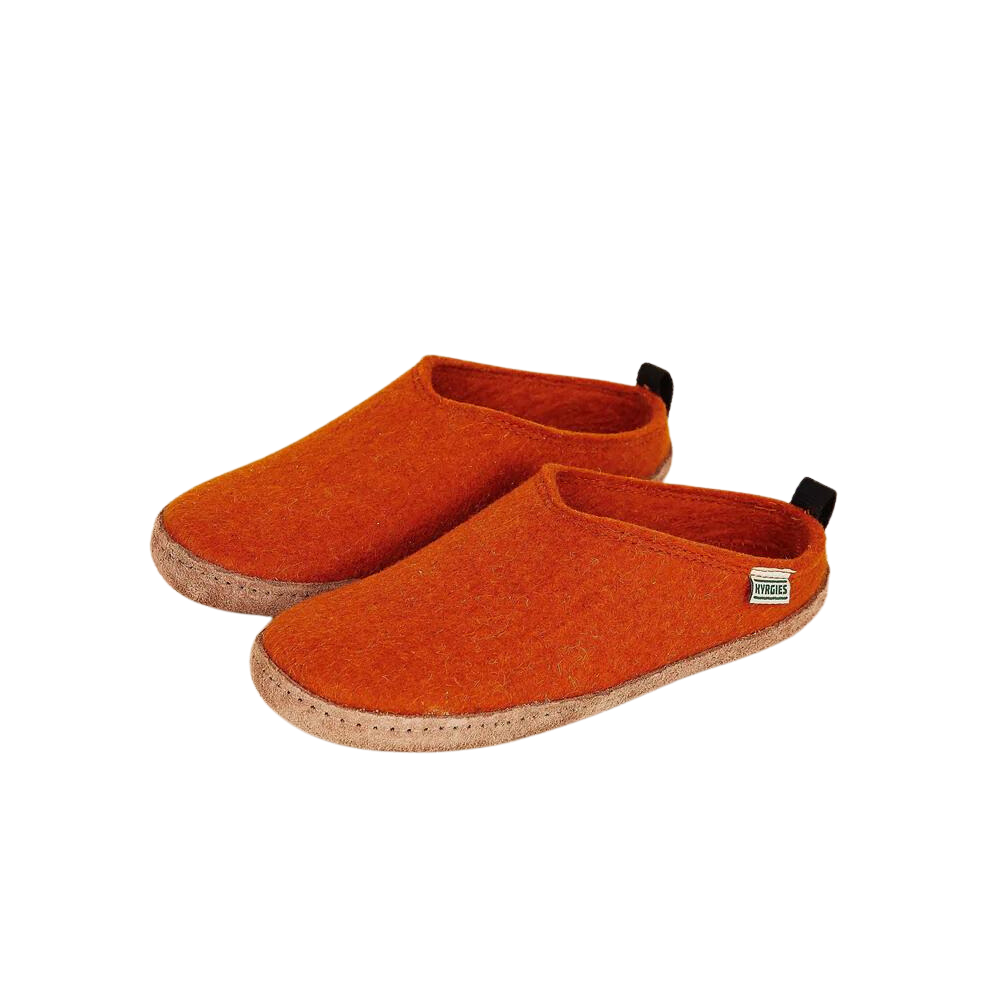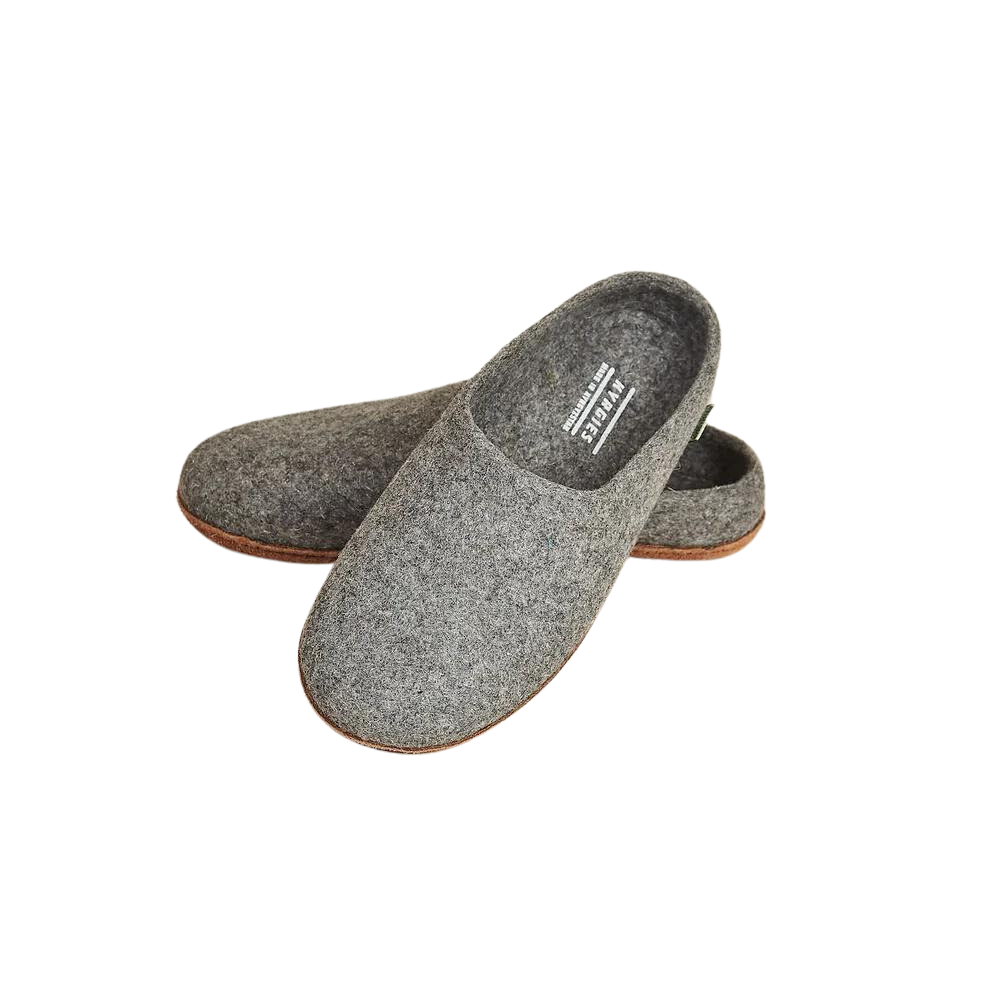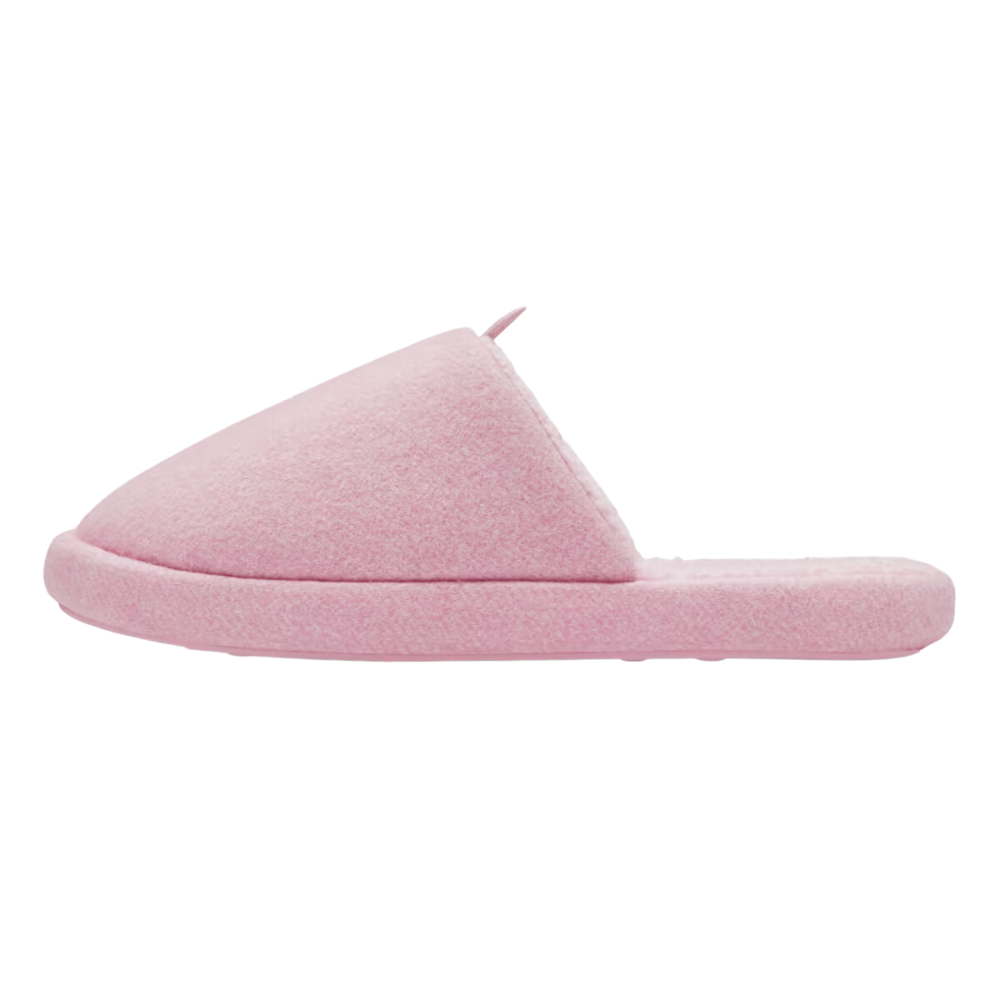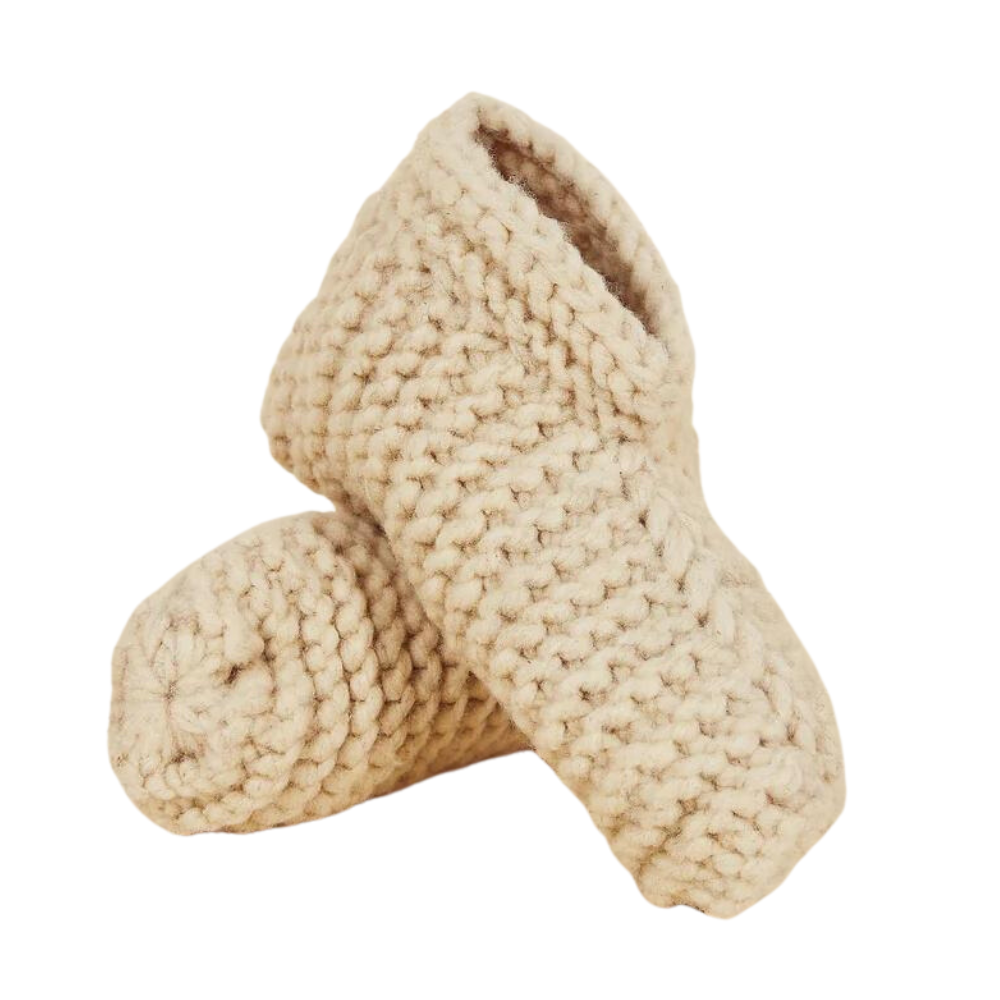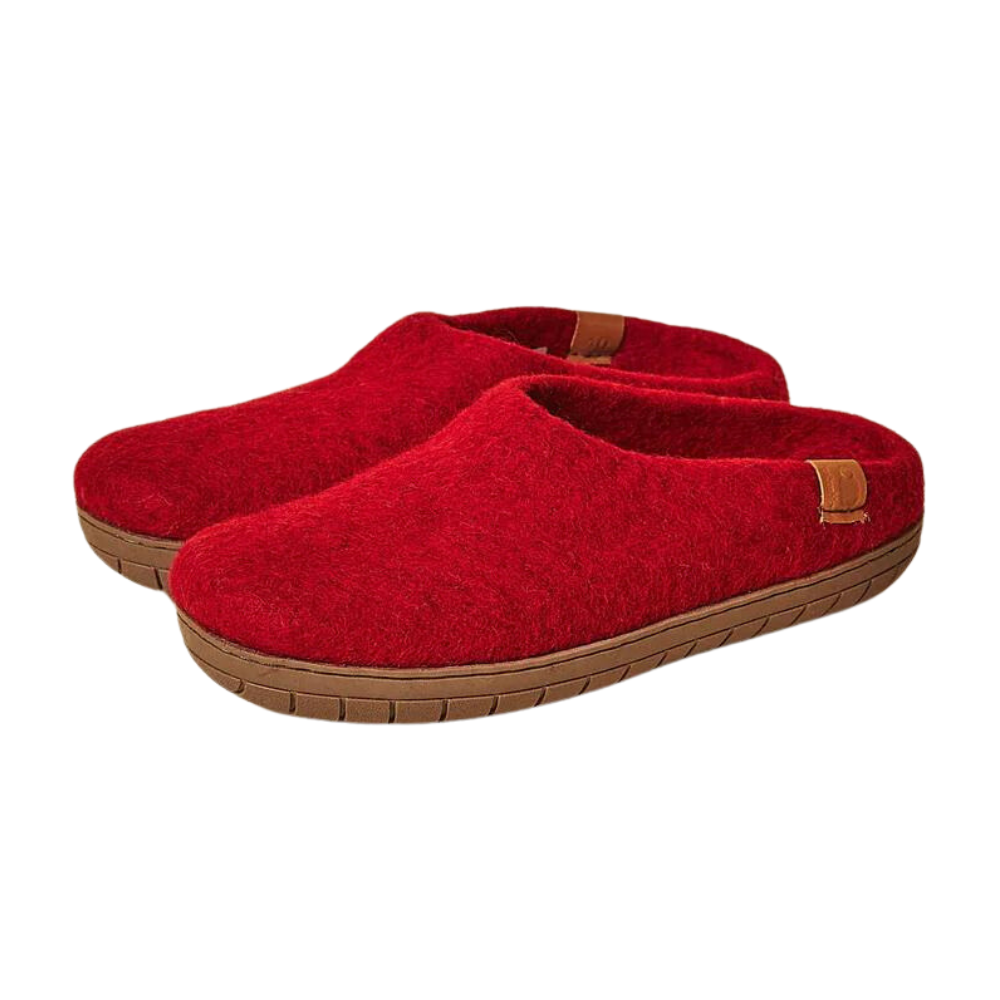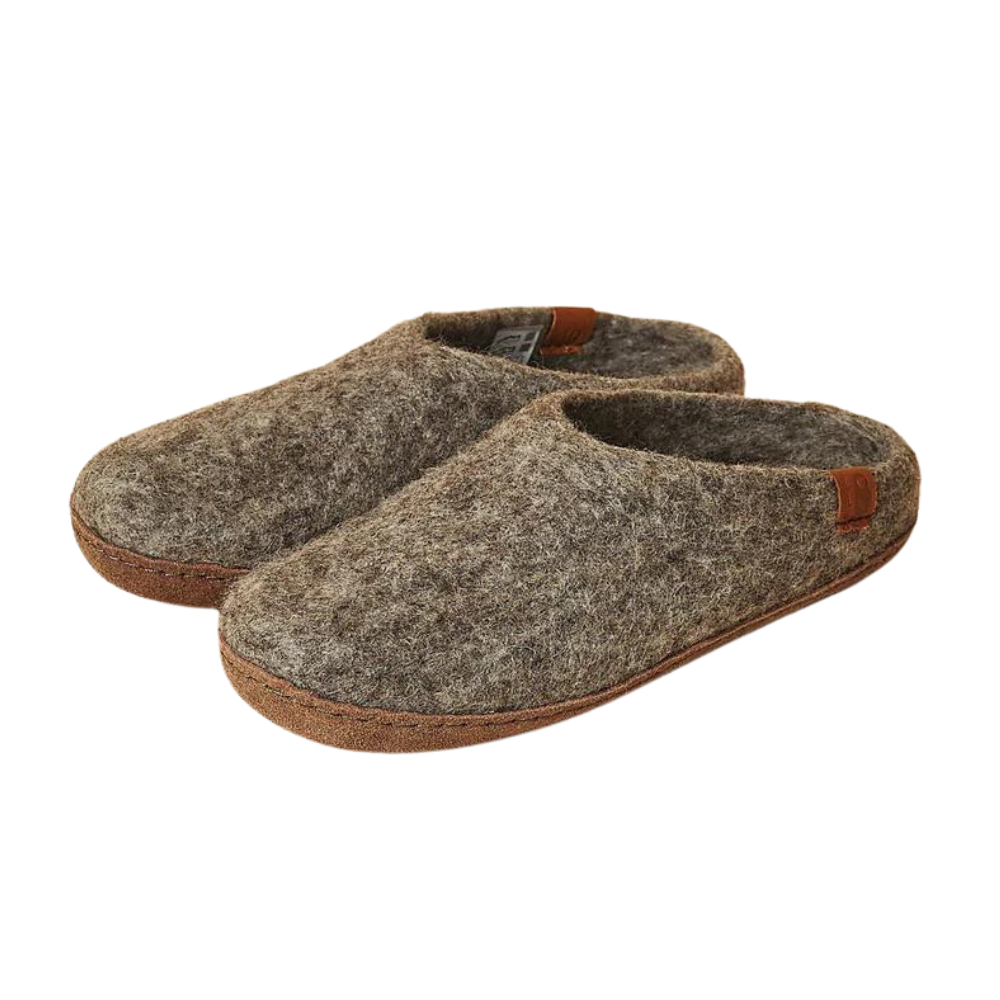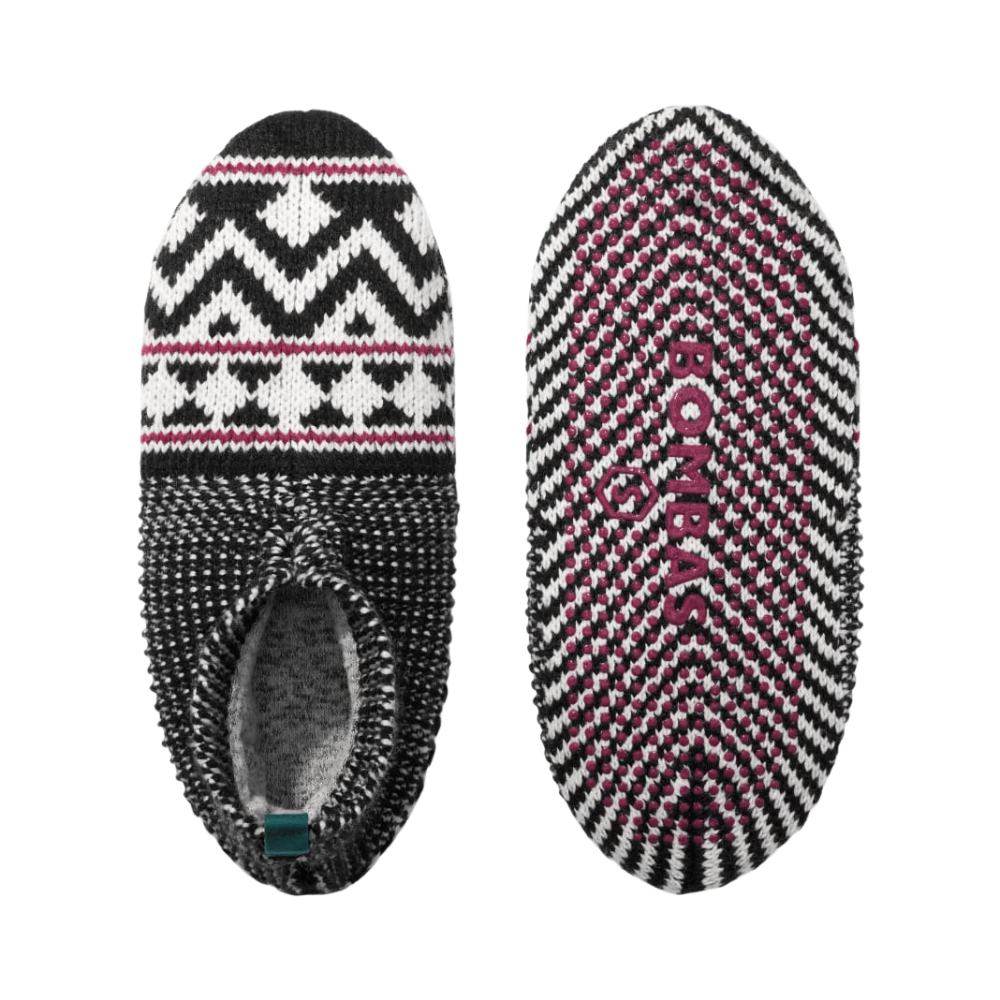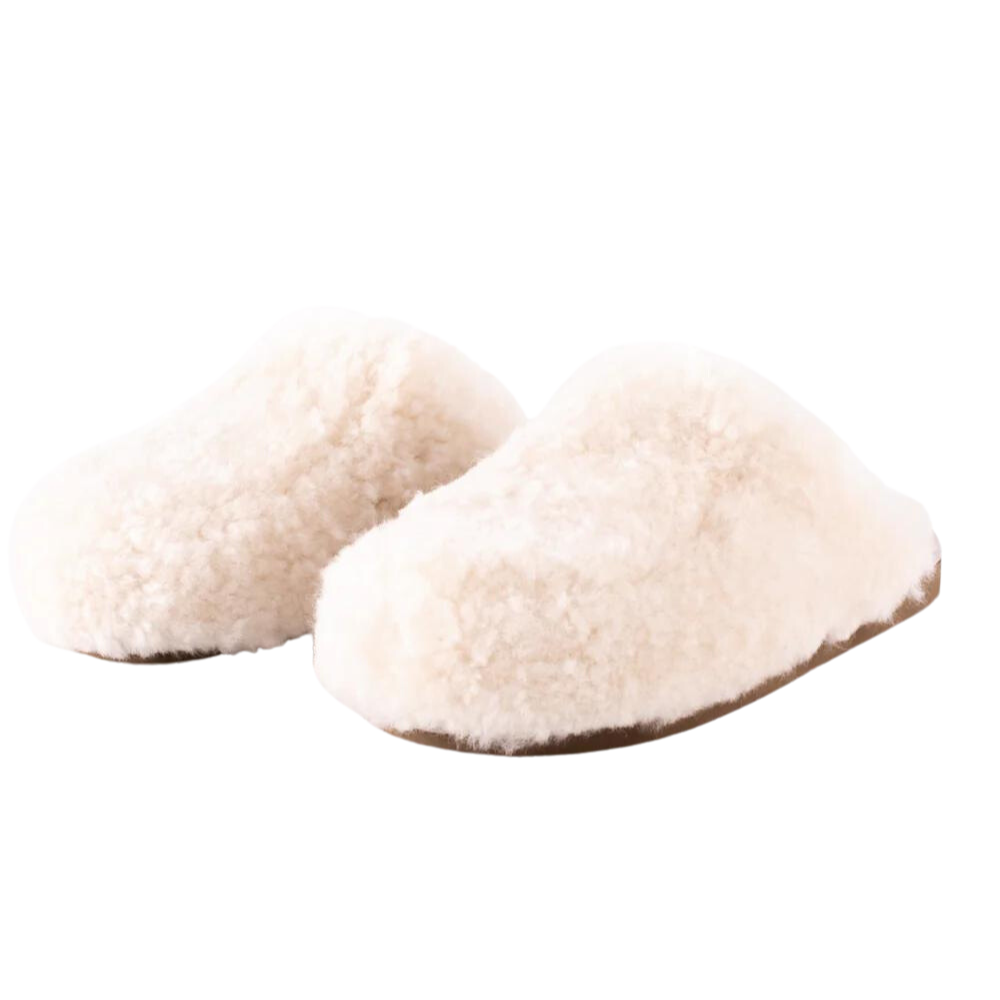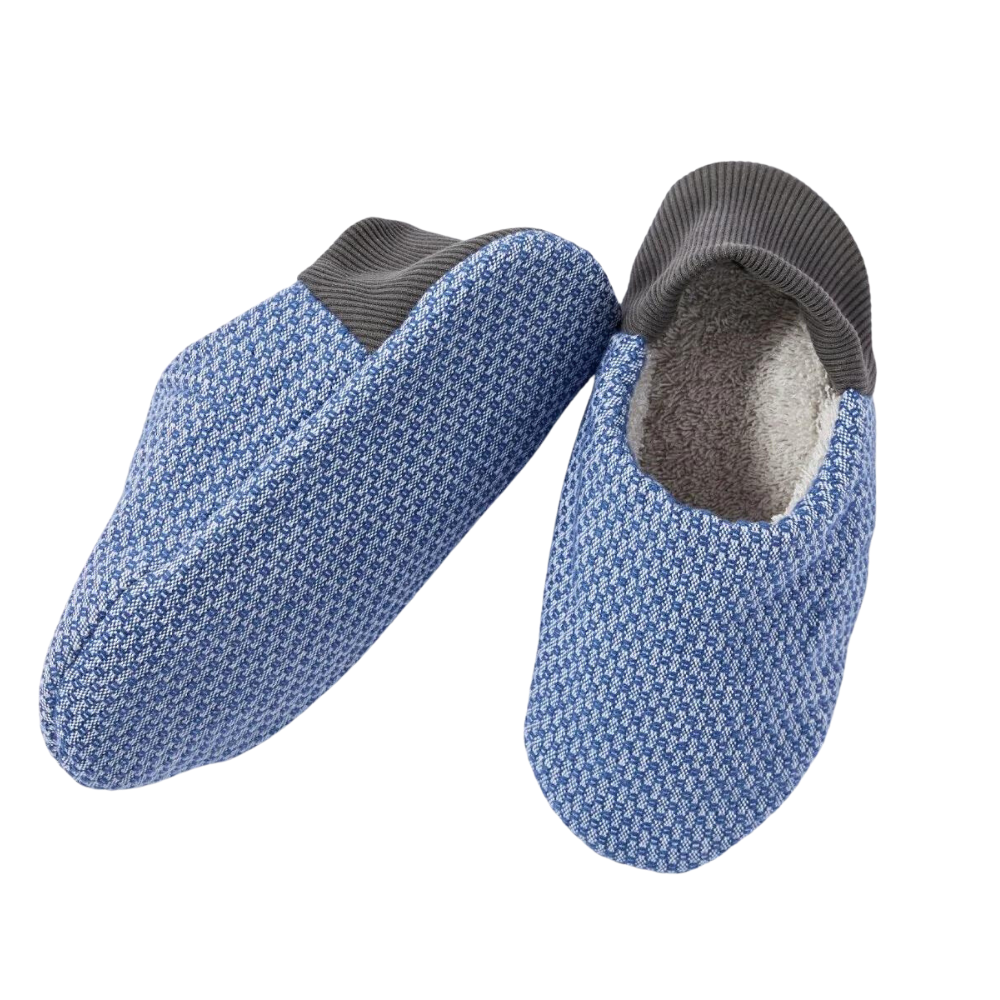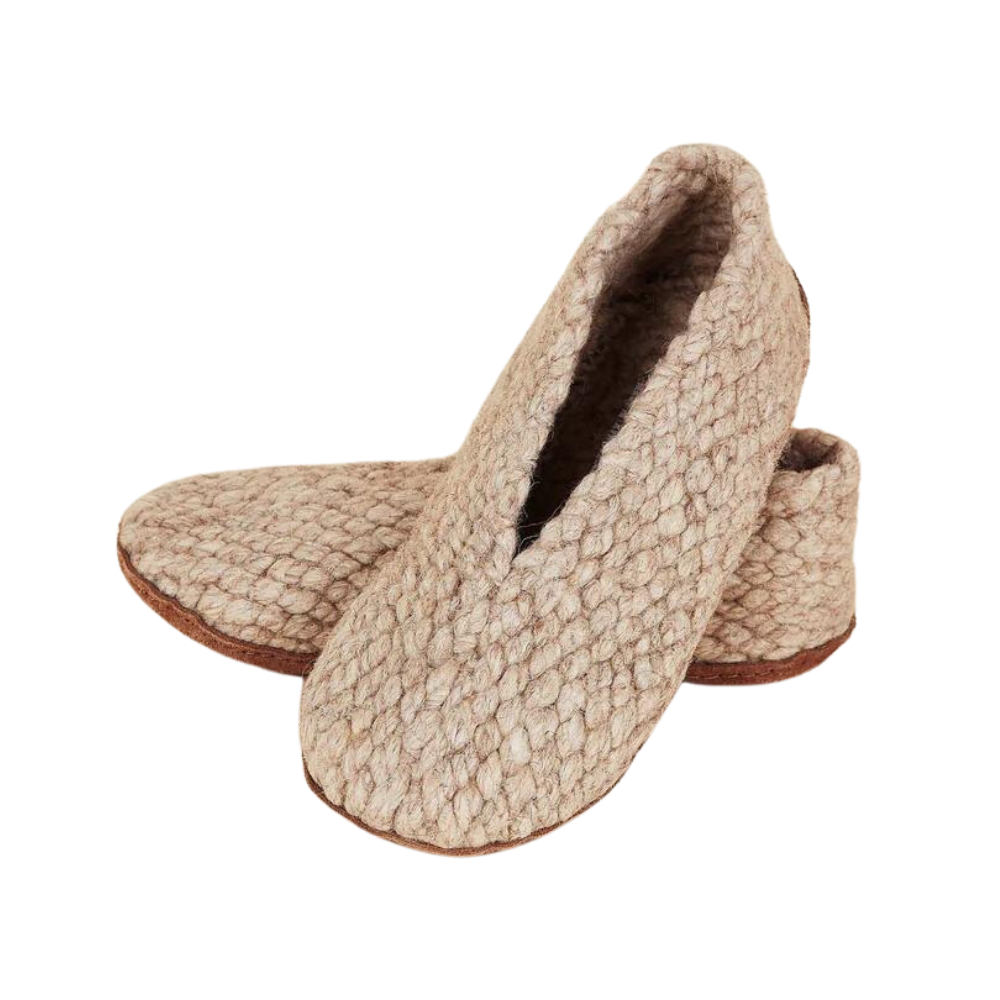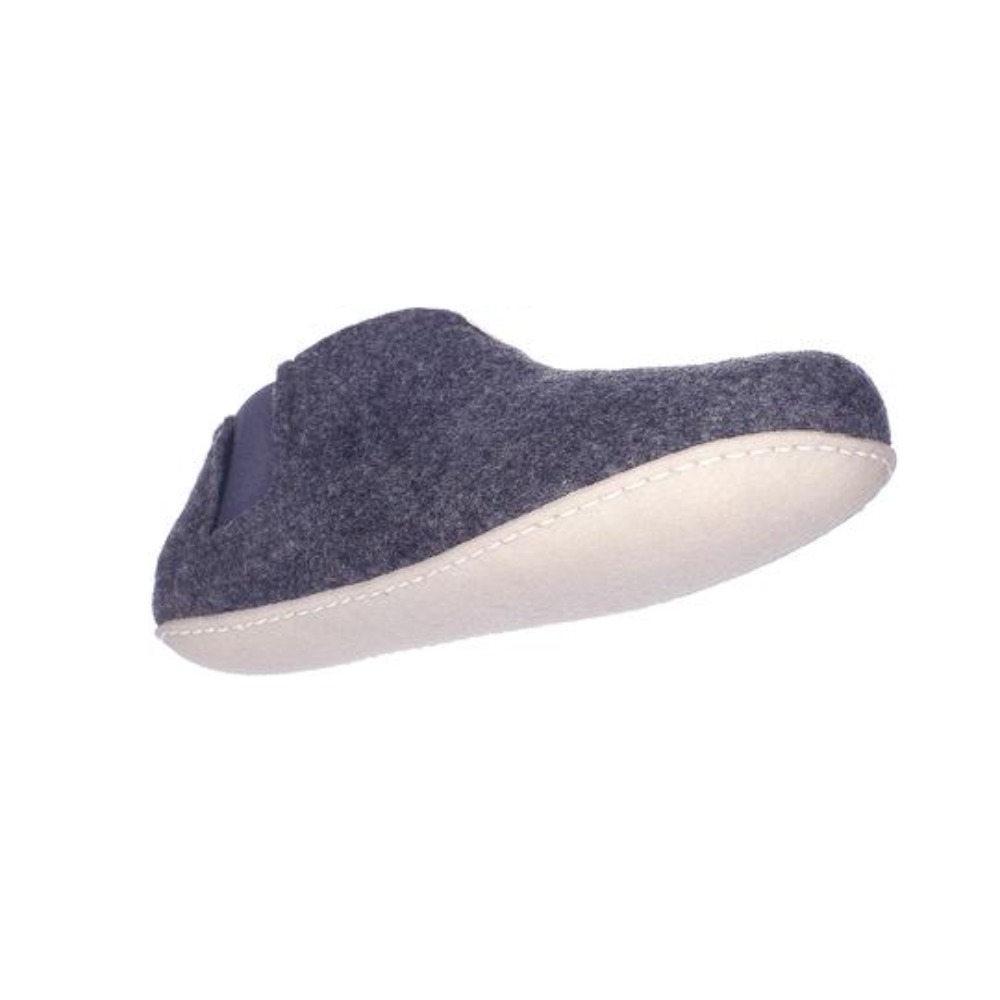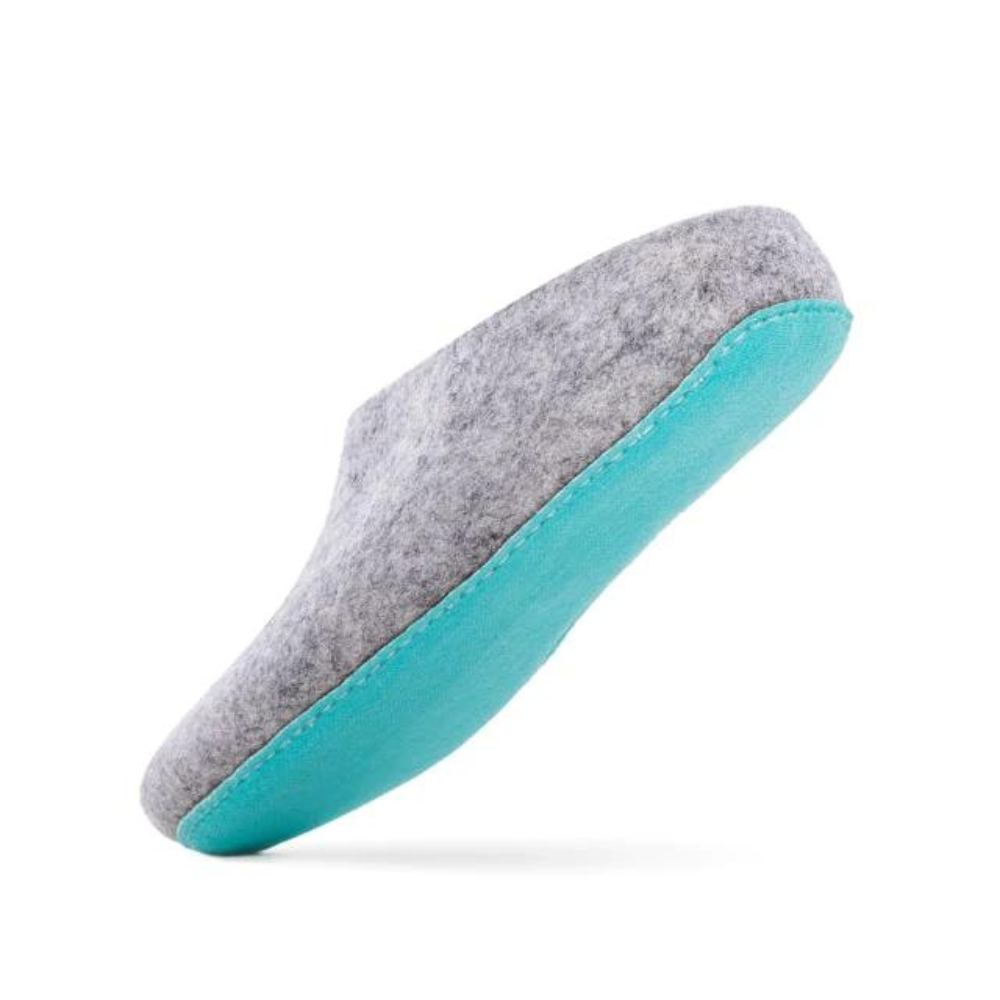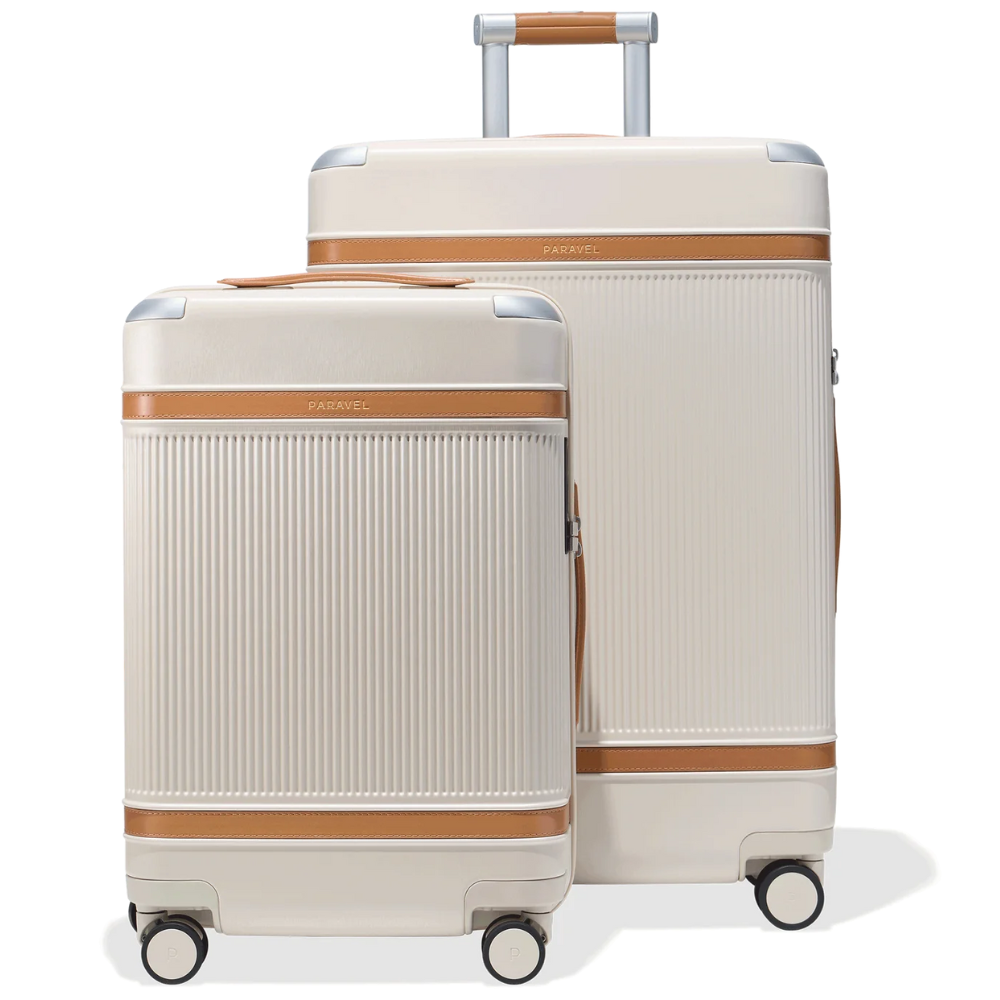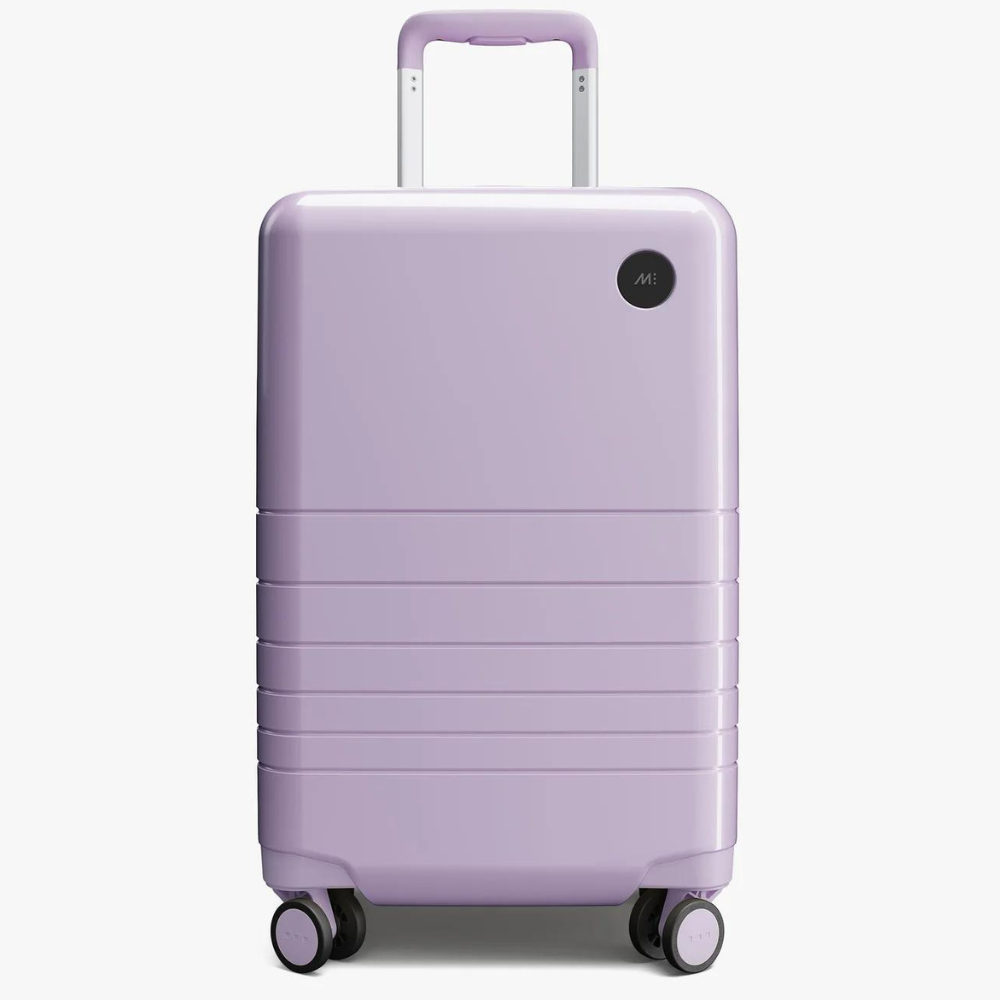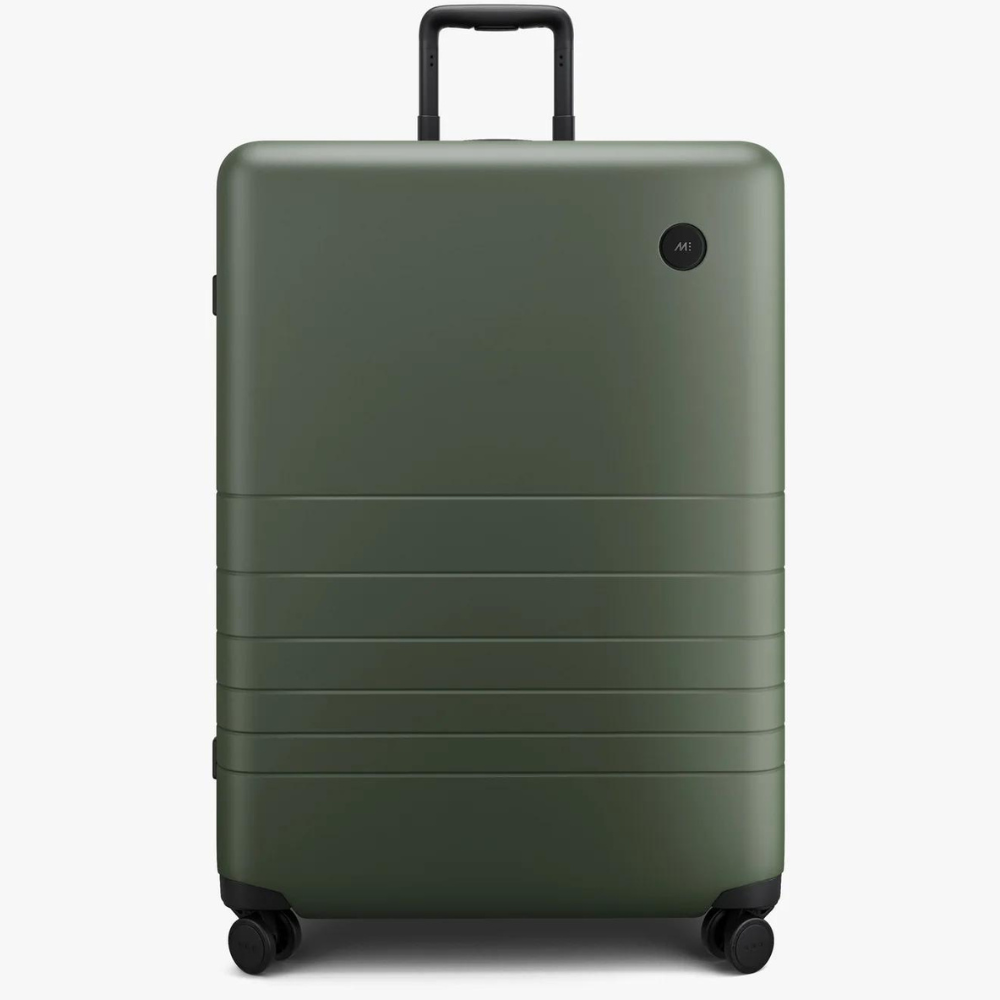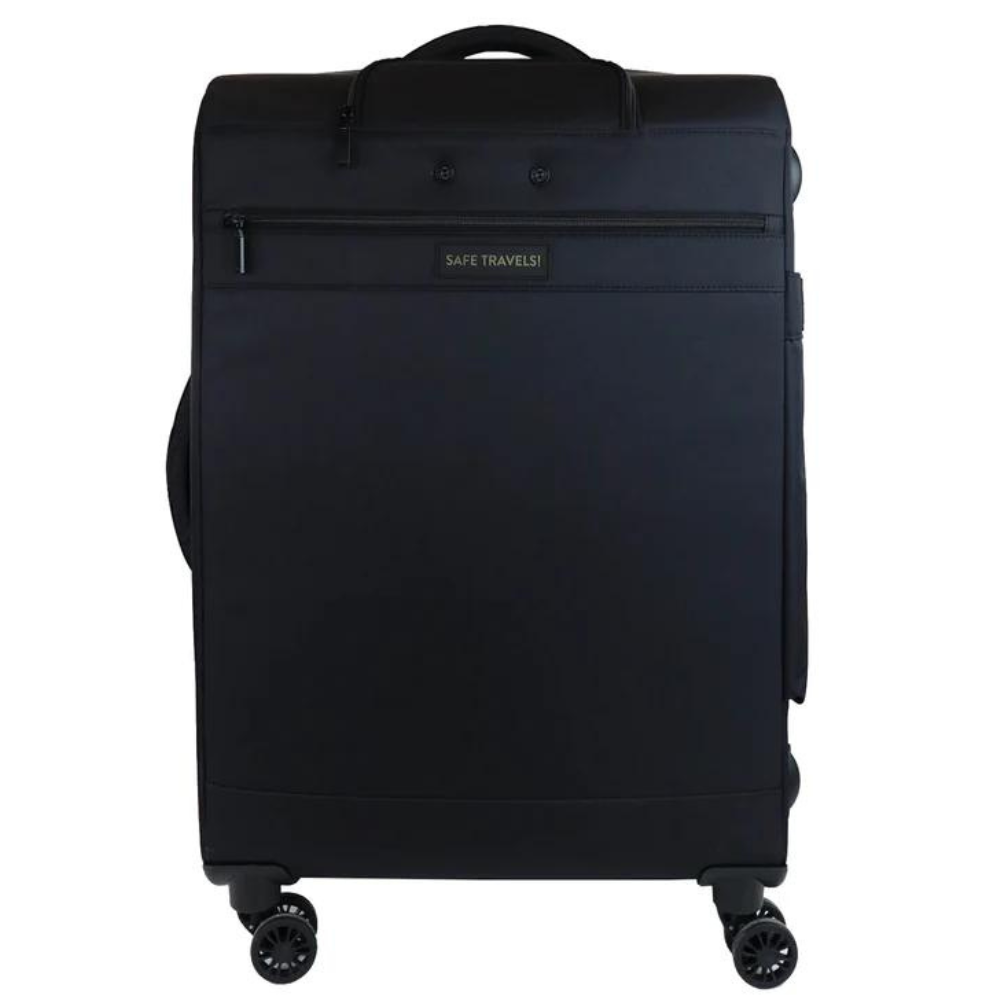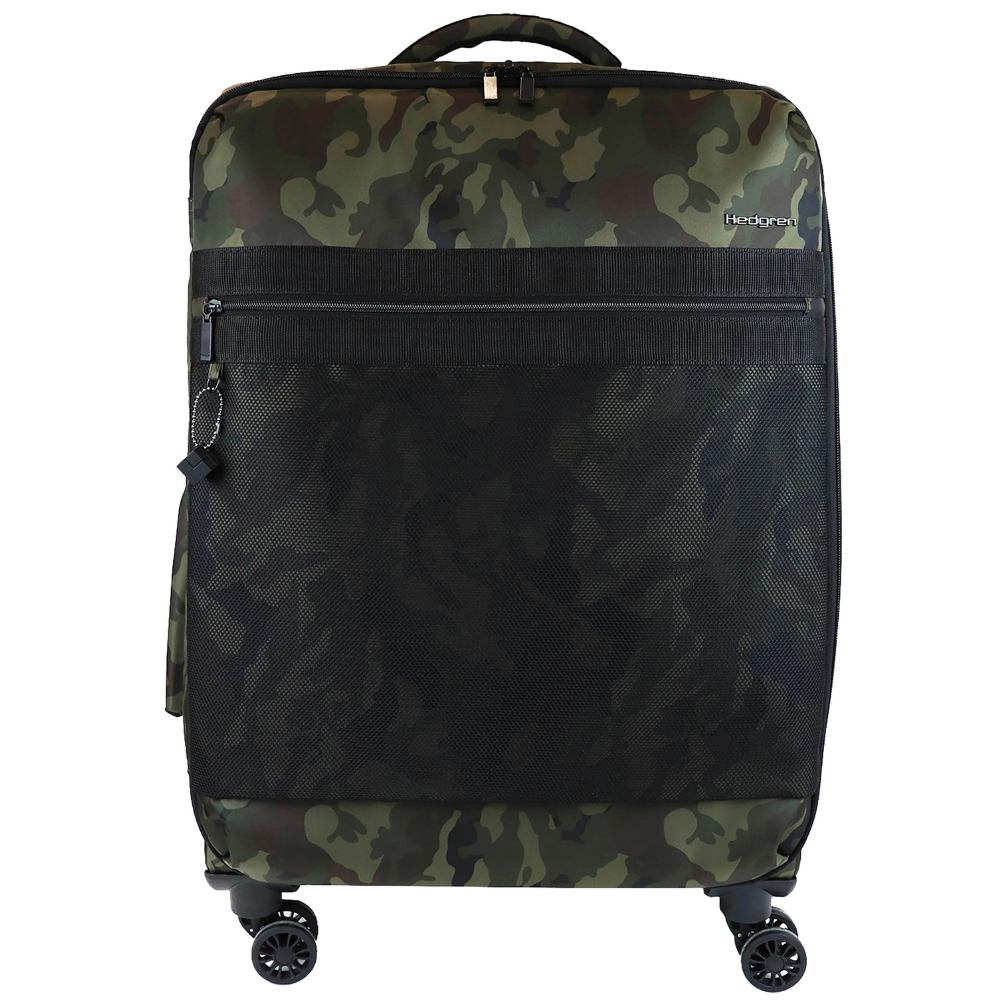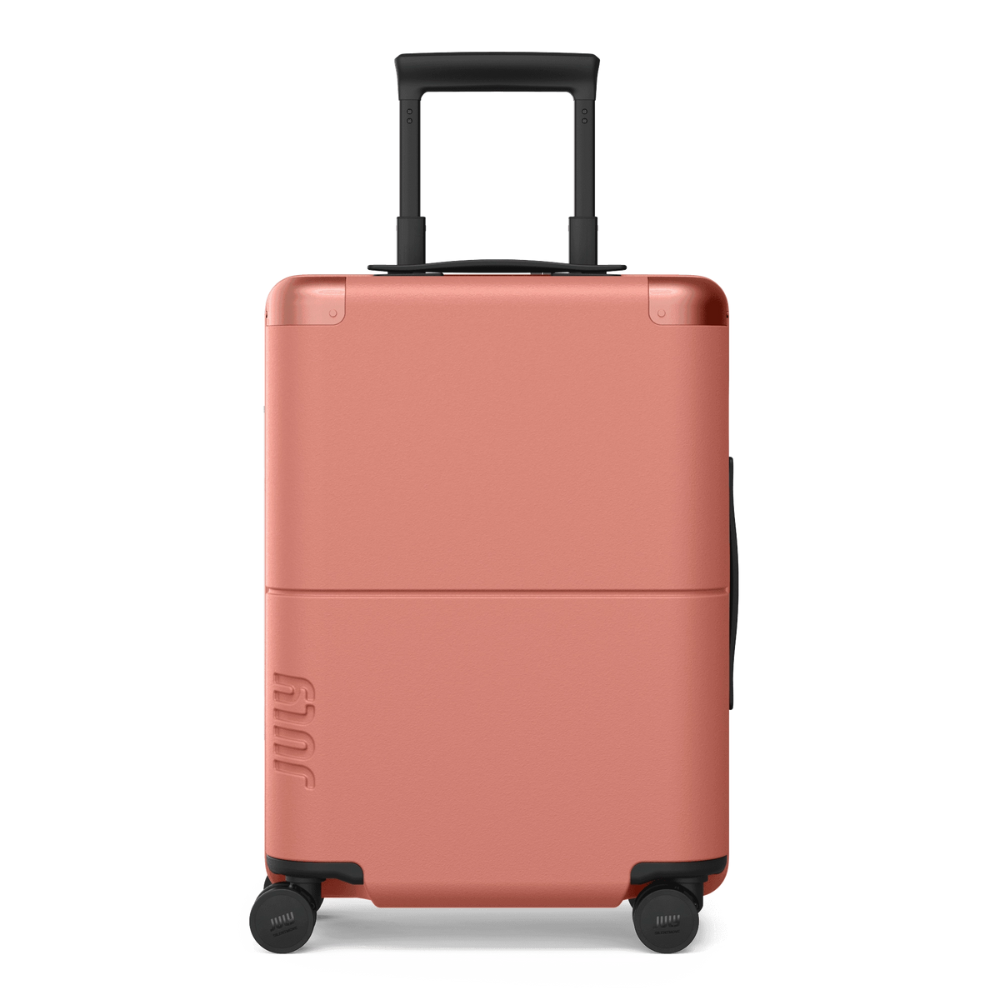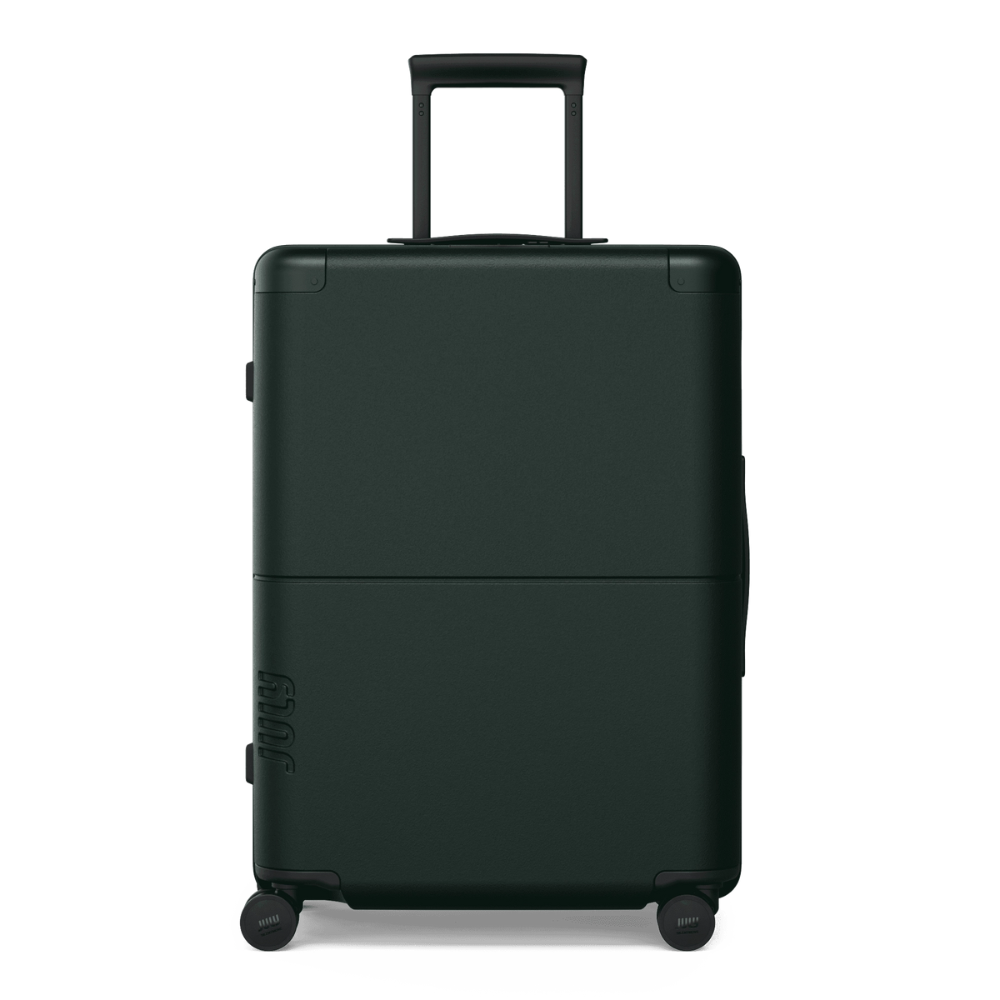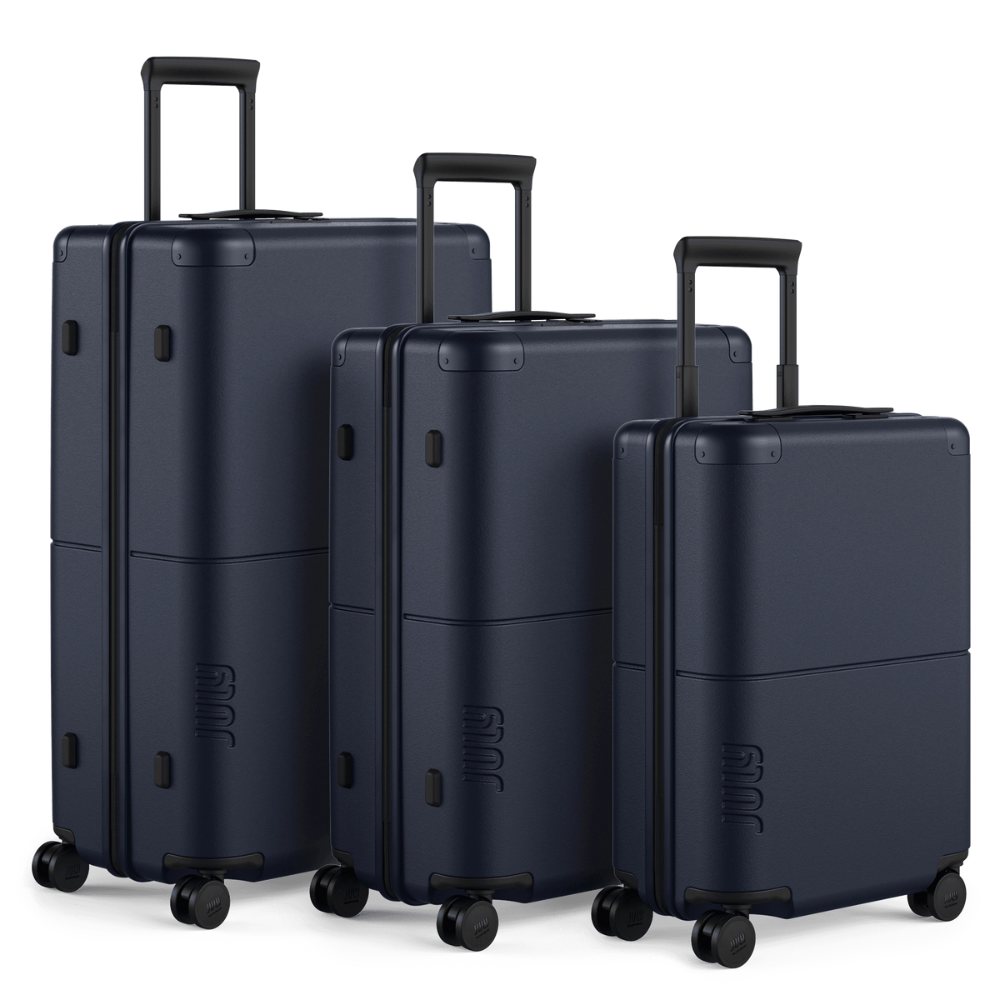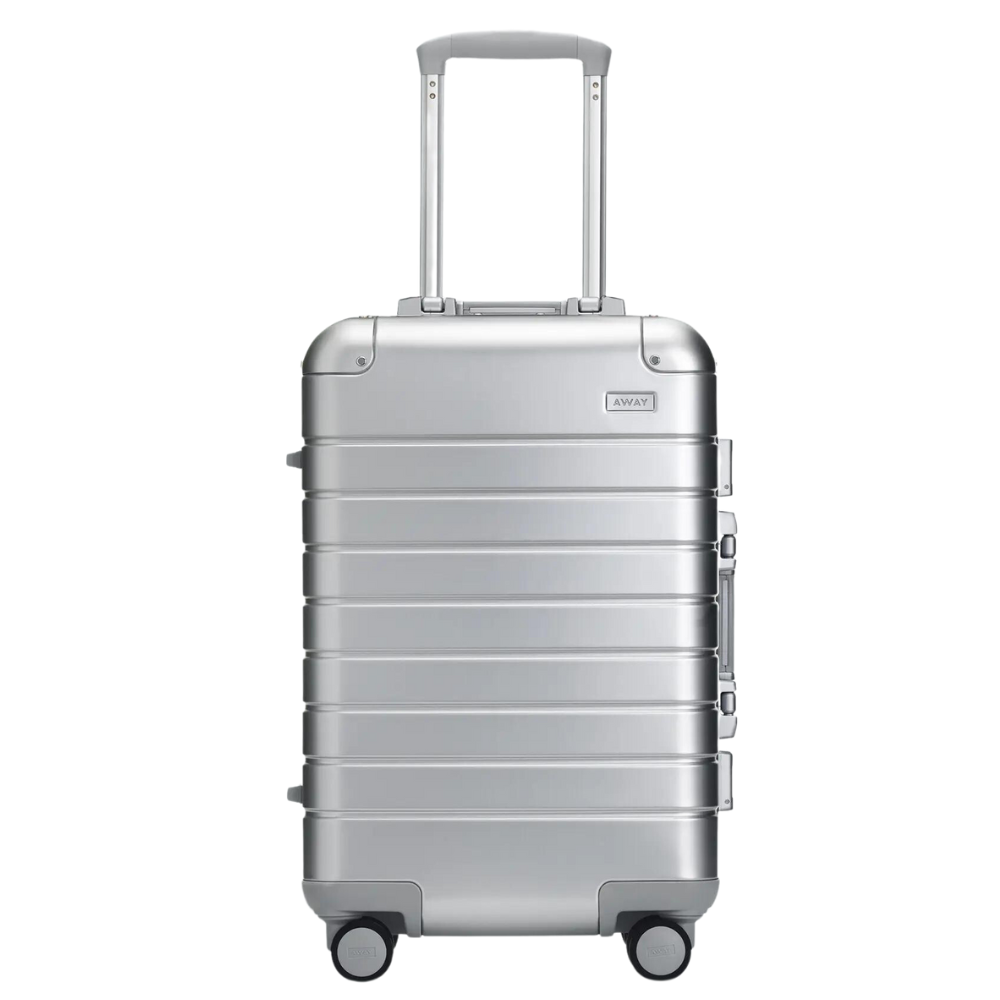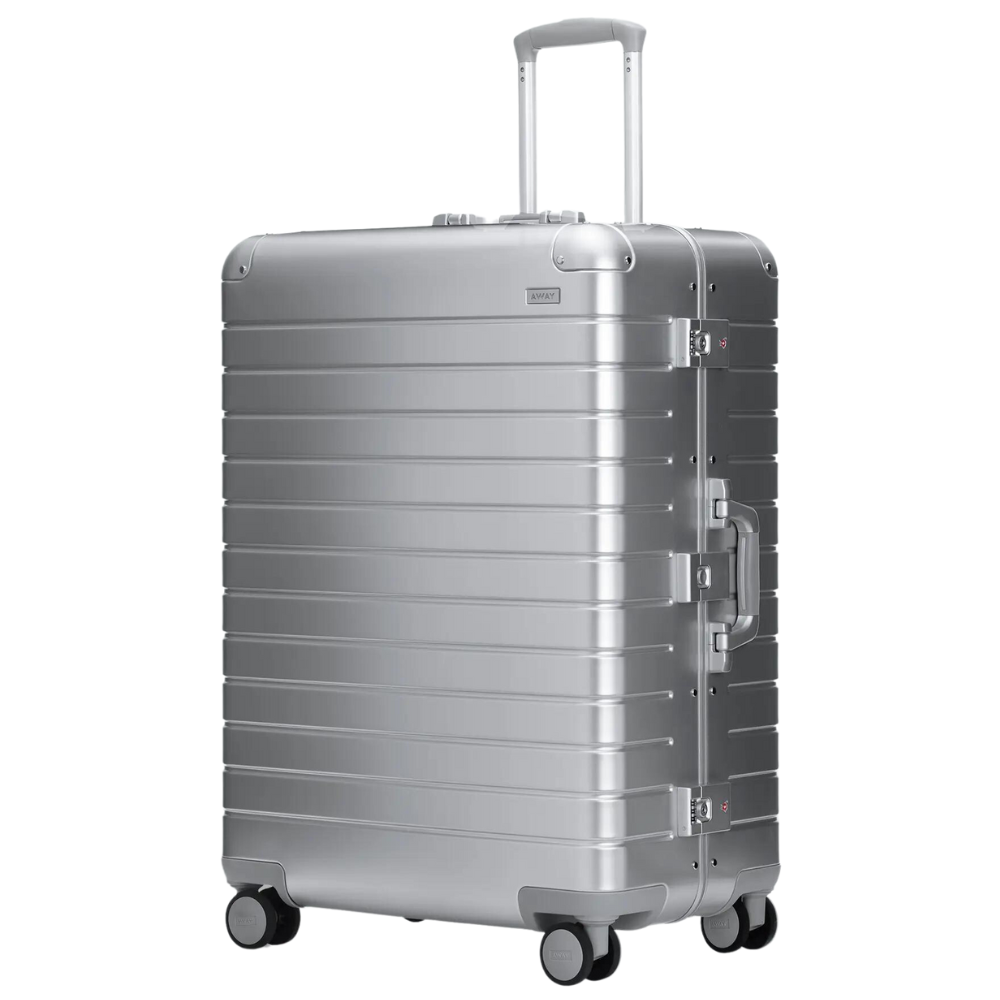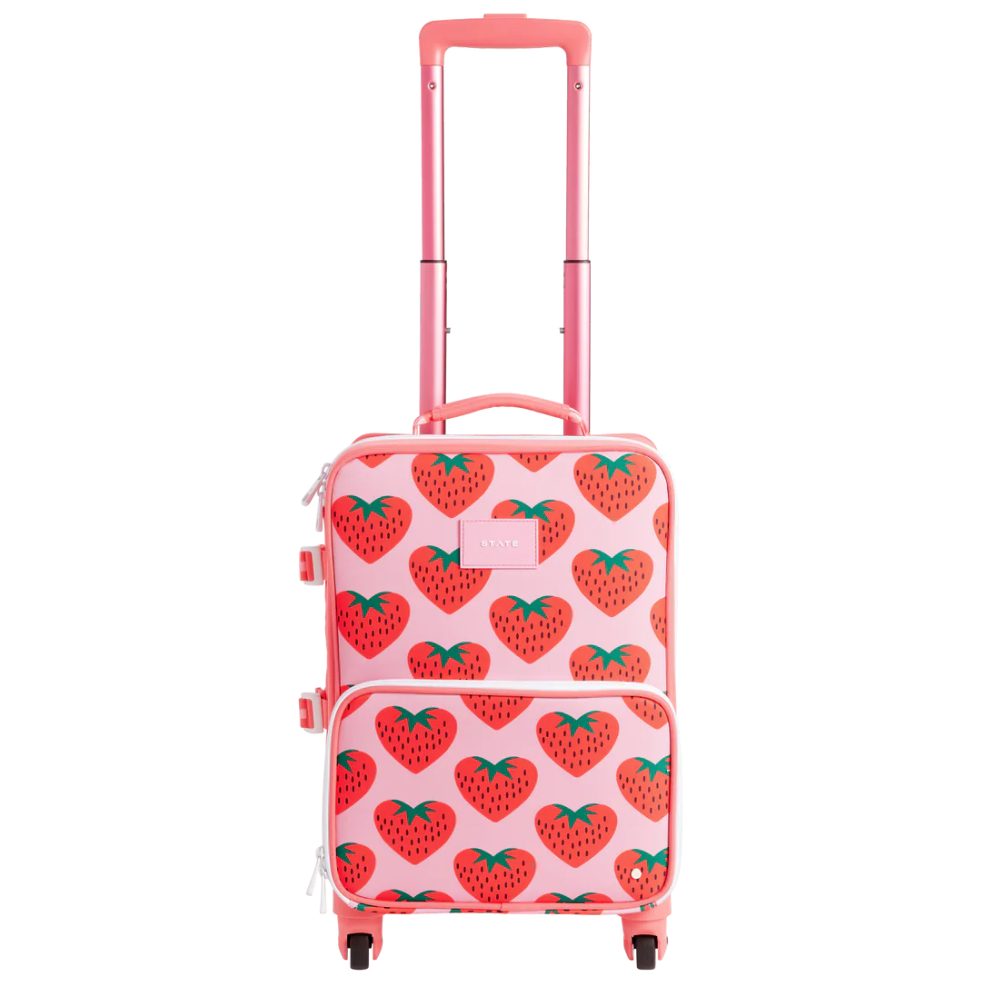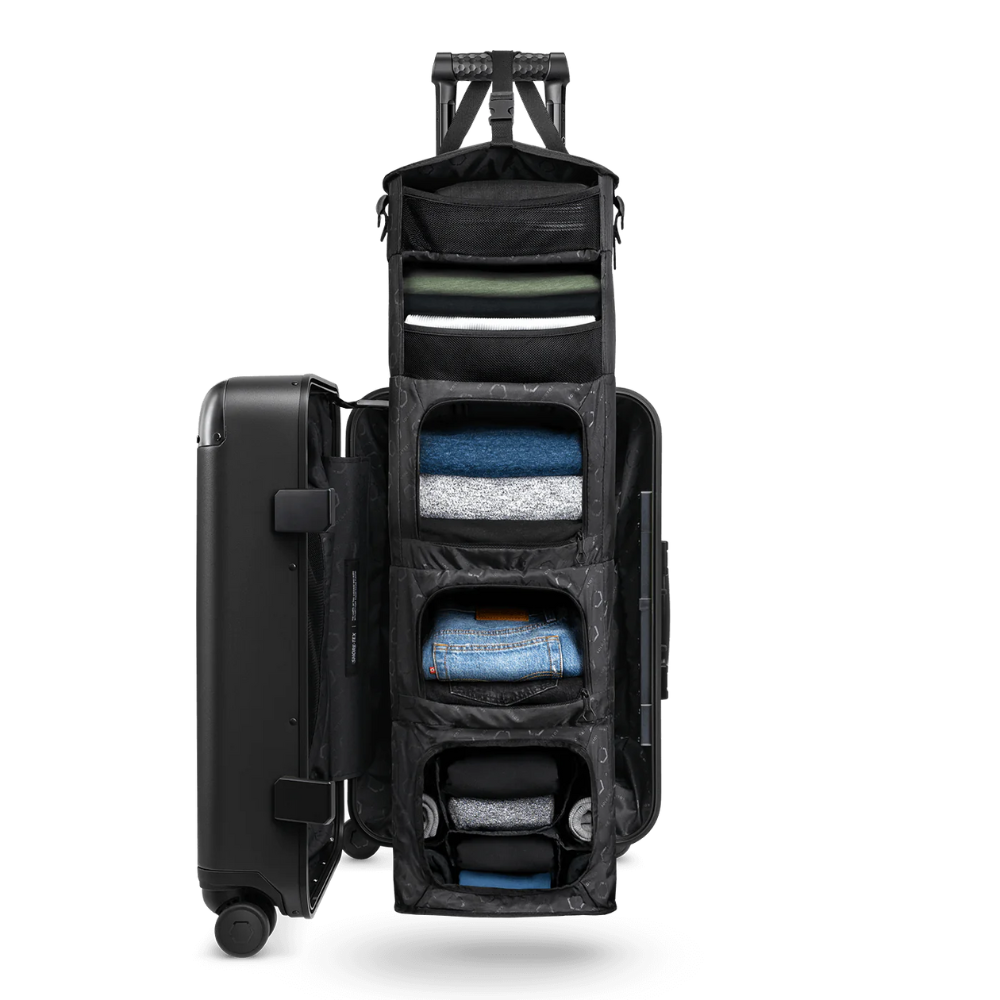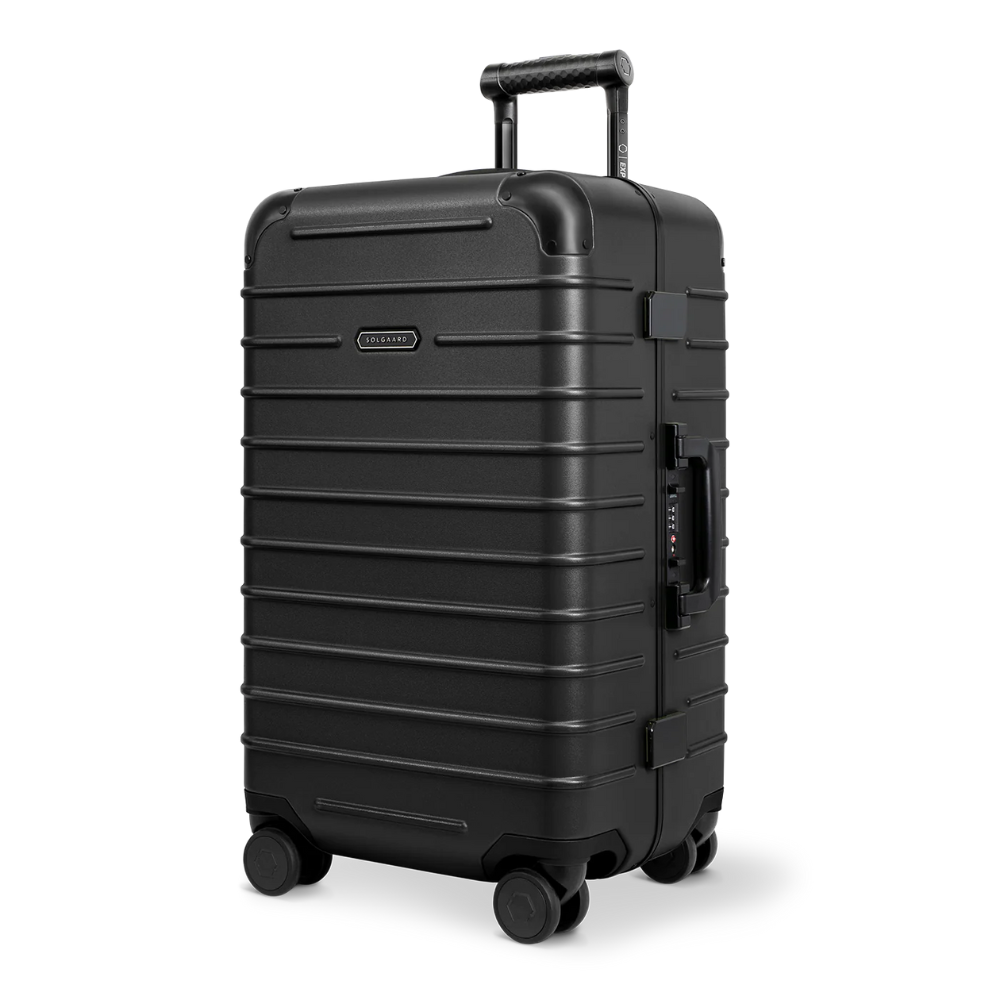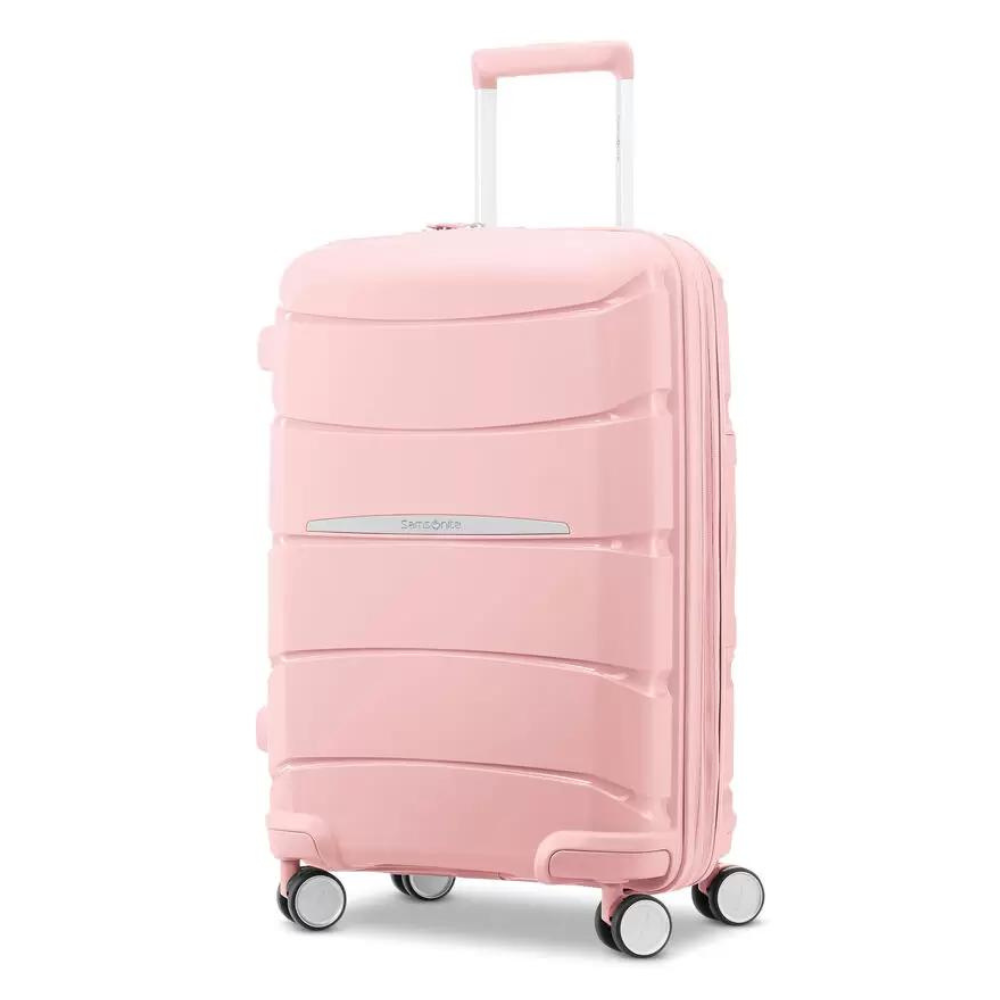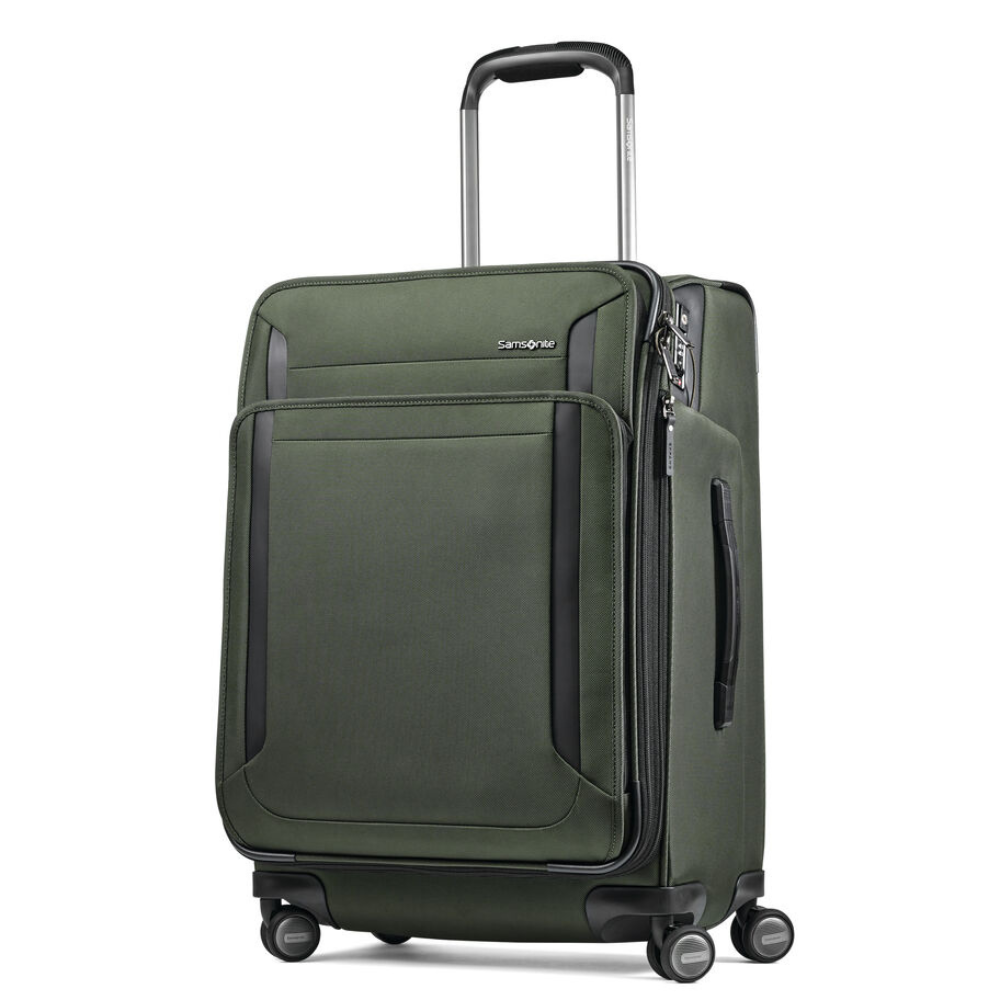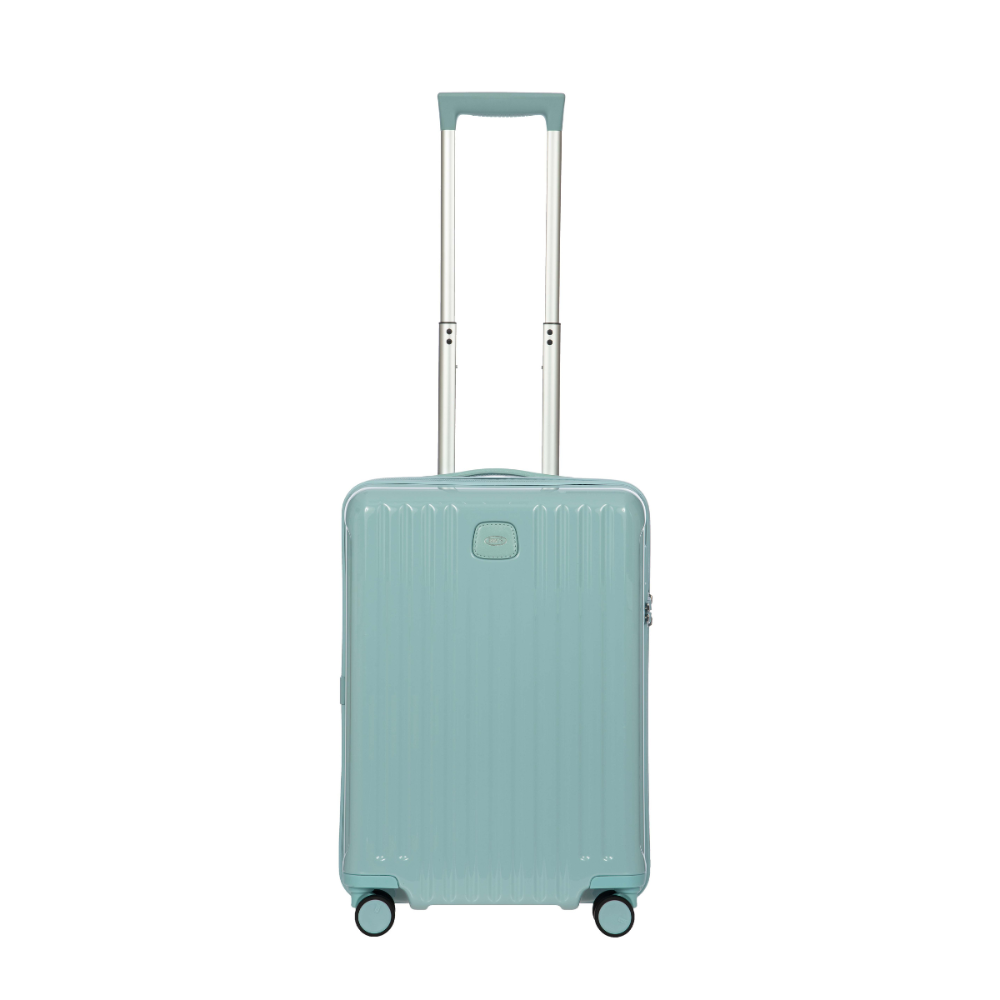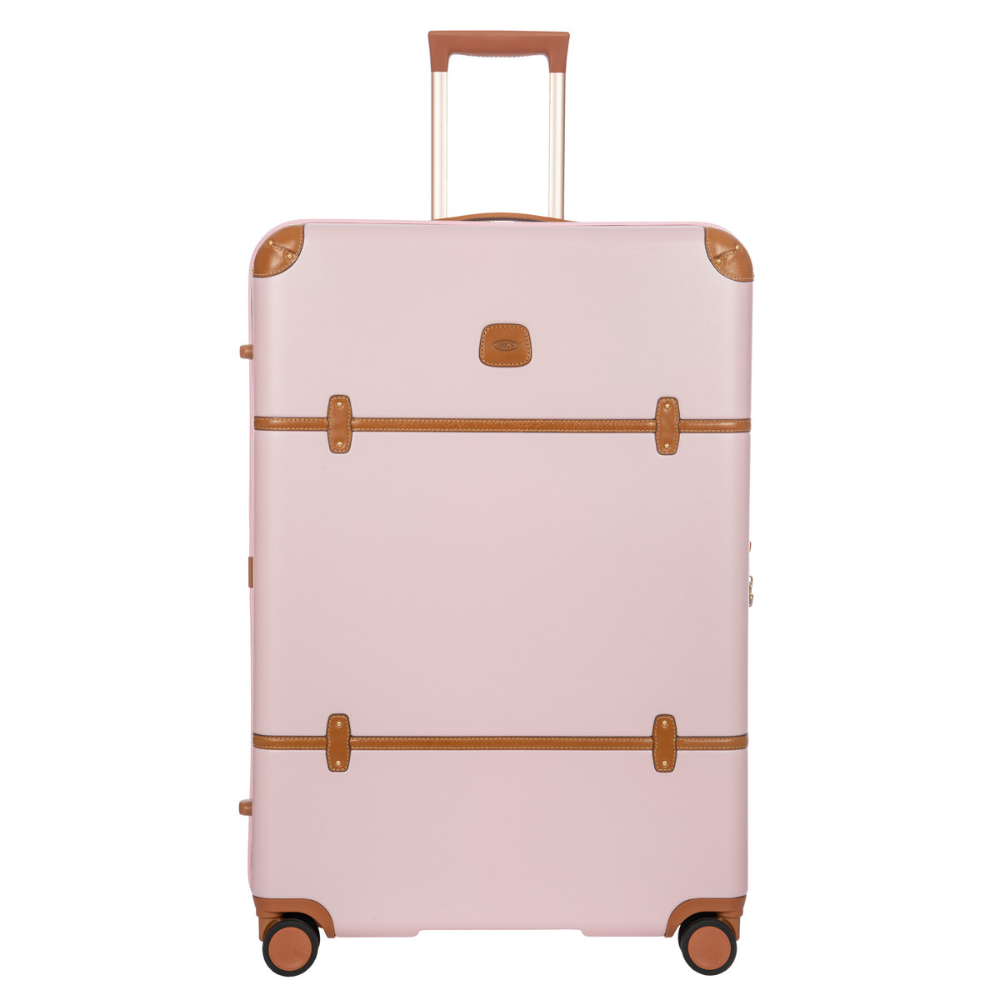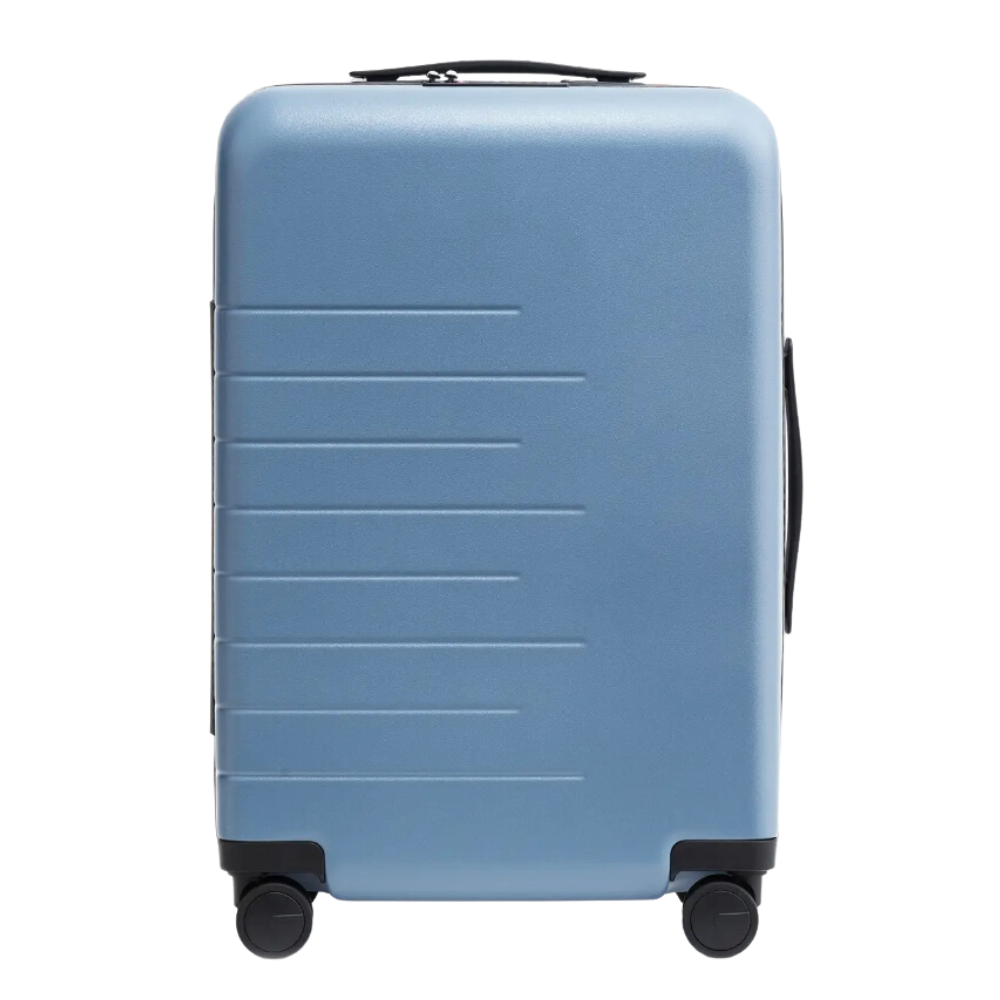Are you tired of throwing your food scraps in the trash? This beginners guide to apartment composting covers everything you need to know to successfully start putting your food and yard waste to good use.
This post is the result of my many years of frustration with feeling like I couldn’t live up to my “zero waste” aspirations while living in an apartment in the city.
I was frustrated that I kept having to throw away food scraps and those forgotten bags of greens in the back of the fridge, when I knew these kitchen remnants could serve as energy for my small garden outside.
Why couldn’t I compost? First, I lived in a building with six units, and I was certain the landlord and other tenants would be skeptical of a rotting pile of scraps in their already limited backyard space.
Second, I wasn’t aware of the wide array of composting options that could have offered solutions to the non-starter of traditional outdoor composting like sealed compost bins and worm composting (AKA vermicomposting.) We’ll cover these varied apartment composting methods in this post, along with traditional outdoor composting if you can swing it.
I still live in an apartment, but I’m lucky enough to have a landlord now that allows us to have a compost pile out back.
What is Compost?
Sometimes referred to as “black gold” in the gardening world, compost is the result of the decomposition of organic (AKA containing carbon and a product of organisms) matter.
Finished compost is moist, crumbly and deep brown–almost black. However, it may takes months to years to become this finished product.
The rotting of almost any organic matter will eventually turn into compost. As they say, “compost happens.”
Compost Ingredients
However, a well-maintained compost pile follows a few simple rules. Compost should be fed a good mix of high carbon-containing materials (called “browns” because they are often dry, brown materials) and high nitrogen-containing materials (called “greens” because they are often fresh, tender materials like food scraps and lawn clippings).
High Carbon “Browns”
Straw
Seedless hay
Paper
Cardboard
Sawdust
Sticks and twigs
Wood chips
Dry leaves
High Nitrogen “Greens”
Food scraps
Lawn clippings
Garden weeds
Fresh leaves
Coffee grounds
The ideal ratio of high-carbon to high-nitrogen materials in a compost pile is about 50:50. However, I don’t recommend getting to caught up with maintaining this ideal ratio. Instead, focus on maintaining a good mix by adding alternating layers of “browns” and “greens” to your compost.
A good rule of thumb is to put down a brown layer each time you add a green layer. Too much green material, and you’ll end up with a stinky, mucky mess that is especially inviting for maggots.
What Not To Compost
Meat
Fish
Bones
Dairy products
Oils
Dog or cat poop
Keep Compost Moist
Compost also needs to be kept moist. The ideal moisture level is that of a wrung-out sponge–damp but not soaking. During the hot summer months this means you may need to manually water your compost with a hose.
Benefits of Compost
Compost holds the nutrients your plants need to thrive. Importantly, compost contains an active community of microbes that are ready to continue the decomposition party, and provide your plants’ roots with nutrients in the meantime.
Compost can also hold a lot of water, tiding over thirsty plants in moments of drought. However, it’s airy enough to bring vital oxygen to subterranean life.
I recommend dressing your gardens with at least a couple of inches of compost every year at the start of the spring before you plant. This layer will supercharge your plants throughout the growing season.
This post is all about apartment composting.
Apartment Composting
Apartment composting certainly comes with challenges, but you might be pleasantly surprised with what you are able to accomplish with just a container on your back porch, for example. You don’t need a backyard, and you certainly don’t need to be an expert. Remember, the nature of organic matter is to decompose, and “compost happens.”
Apartment Composting Logistics
Before you begin your apartment composting journey, I recommend you consider some logistics that may help you decide which type of composting will be best for you.
If you have access to a patch of dirt or lawn (and even if you don’t!) you may be able to work an outdoor compost pile. I would recommend checking in with your landlord, and–if the land is a common area–your fellow tenants.
Importantly, a compost pile may attracts pests and wildlife. If you’re worried about vermin, it might be best to choose a self-contained compost bin rather than an open pile. Never throw dairy, meat, or bones, as these are unlikely to break down properly and will certain attract visitors.
Types of Composting
Outdoor Composing
Outdoor, open air composting is traditionally what may of us think of when we think composting. It’s best to start composting on dirt or lawn. Composting on earth allows for friendly worms to aid the decomposition process and add their beneficial worm castings (AKA worm poop.) However, believe it or not, you can compost right on pavement or cement–anywhere really.
Ideally, a compost pile should be at least about three feet (3′) high and three feet (3′) wide. A compost pile this size or larger will be able to achieve the internal temperatures required to sterilize weed seeds and kill pests.
To achieve this shape, I recommend using a compost bin of some kind–even outside. These can be makeshift–I have seen very successful outdoor compost bins made of four pallets nailed together. You could also create a circular bin by shaping chicken wire or hardware cloth into a tube and securing with wire.

You can certainly also buy an outdoor compost bin. I like this cedar wood compost bin.

To ensure they always have finished compost, many gardeners keep multiple compost bins–one they are actively adding to, and the others with finished compost. I like this cedar multi-bin composter.
Compost Bin or Container
If you’re worried about pests, or don’t have a patch of land on which to compost, a sealed compost bin may be the best option for you. These containers can be set up anywhere–even on your porch.
A simple DIY compost bin can be made with a lidded garbage can (plastic or galvanized steel) with a few holes punched into the sides.

More fancy contraptions can be purchased that come with the added benefit of a door form which to harvest your finished compost.
Worm Composting (Vermicomposting)
If you want to keep the composting process indoors, speed up the process, or have thousands of new friends–worm composting may be for you! Worms make dutiful workers, and can turn kitchen scraps into compost in as little as three months.
Only a certain type of worm is up to the task–that is redworms (Eisenia foetida). These case be found online, in bait shops, and occasionally farmers markets.
You can keep worms in a plastic bin small enough to fit under your kitchen sink. They thrive at room temperature, but can be kept on a back porch, in a mudroom, garage, etc.
Inside their plastic bin home, worms only need a few things to survive: bedding and food. Use shredded newspaper as bedding. You will feed them a few times a week with kitchen scraps. Anything vegan will do: fruits, vegetables, coffee grounds, etc. except the occasional eggshell for calcium.

I recommend going with a two-bin worm composter system that allows you feed the worms in the top bin, and collect the finished compost in the lower bin.
This post was all about apartment composting.
Hi, I’m Leslie, the founder of PunkMed
Hey friend! I’m so glad that you stopped by today. I had a great time sharing my top tips for apartment composting! If you’re into gardening, urban homesteading, or living a more sustainable life, stick around! There are a good number of resources on my blog, and I always love to hear from my readers (that’s you!) Feel free to send me a DM on Instagram!
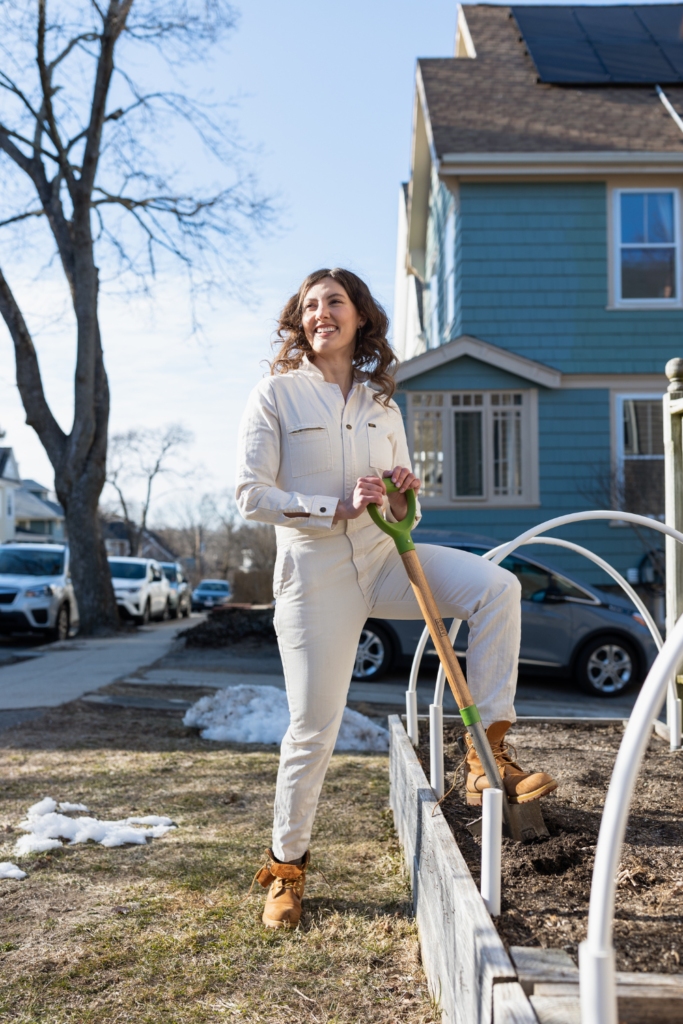


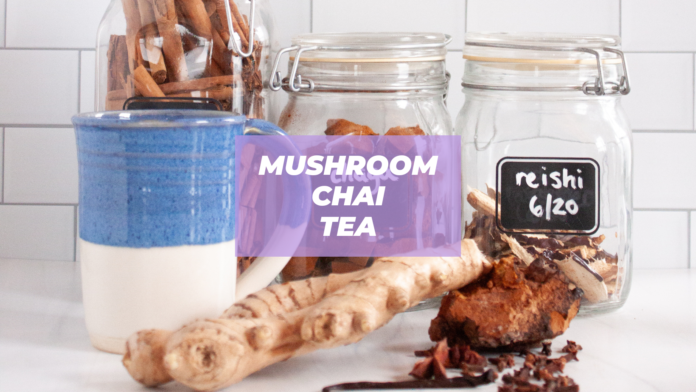
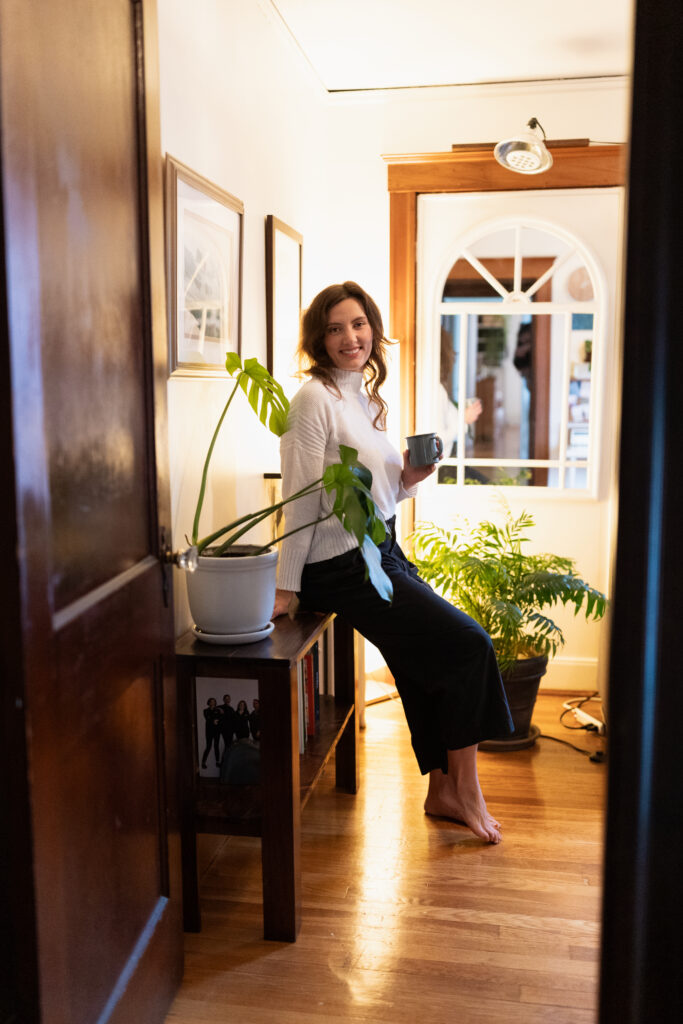
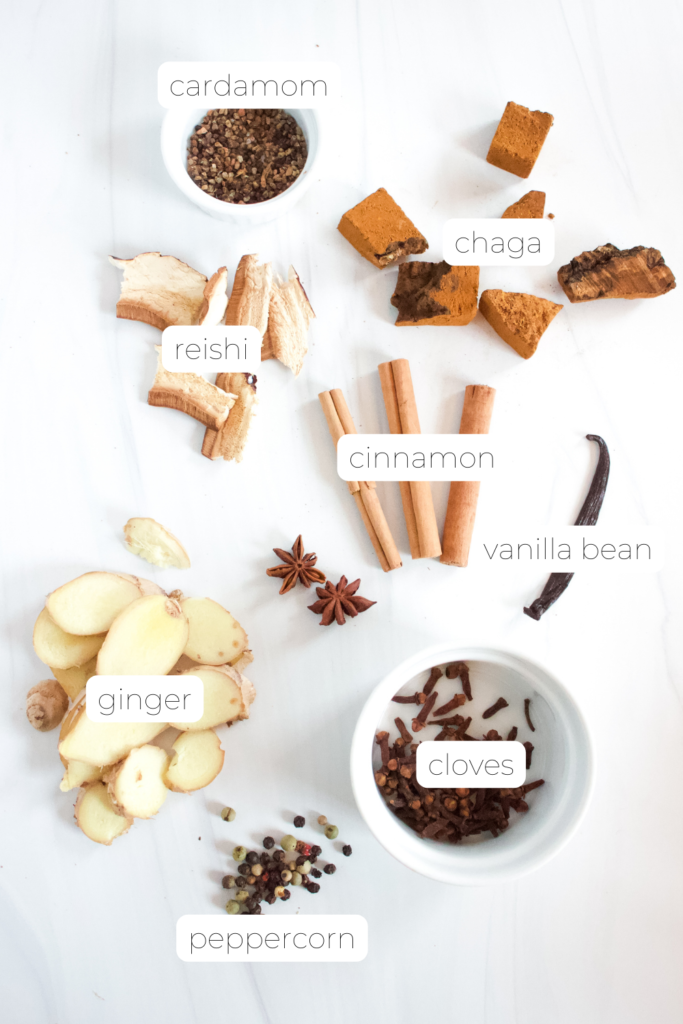
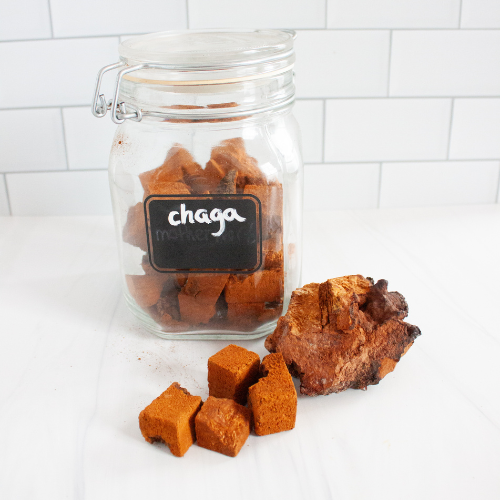
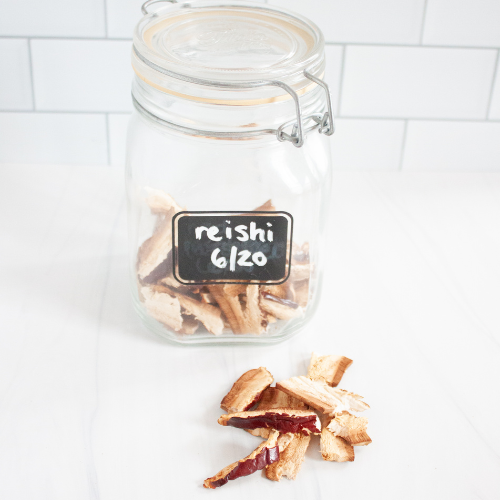
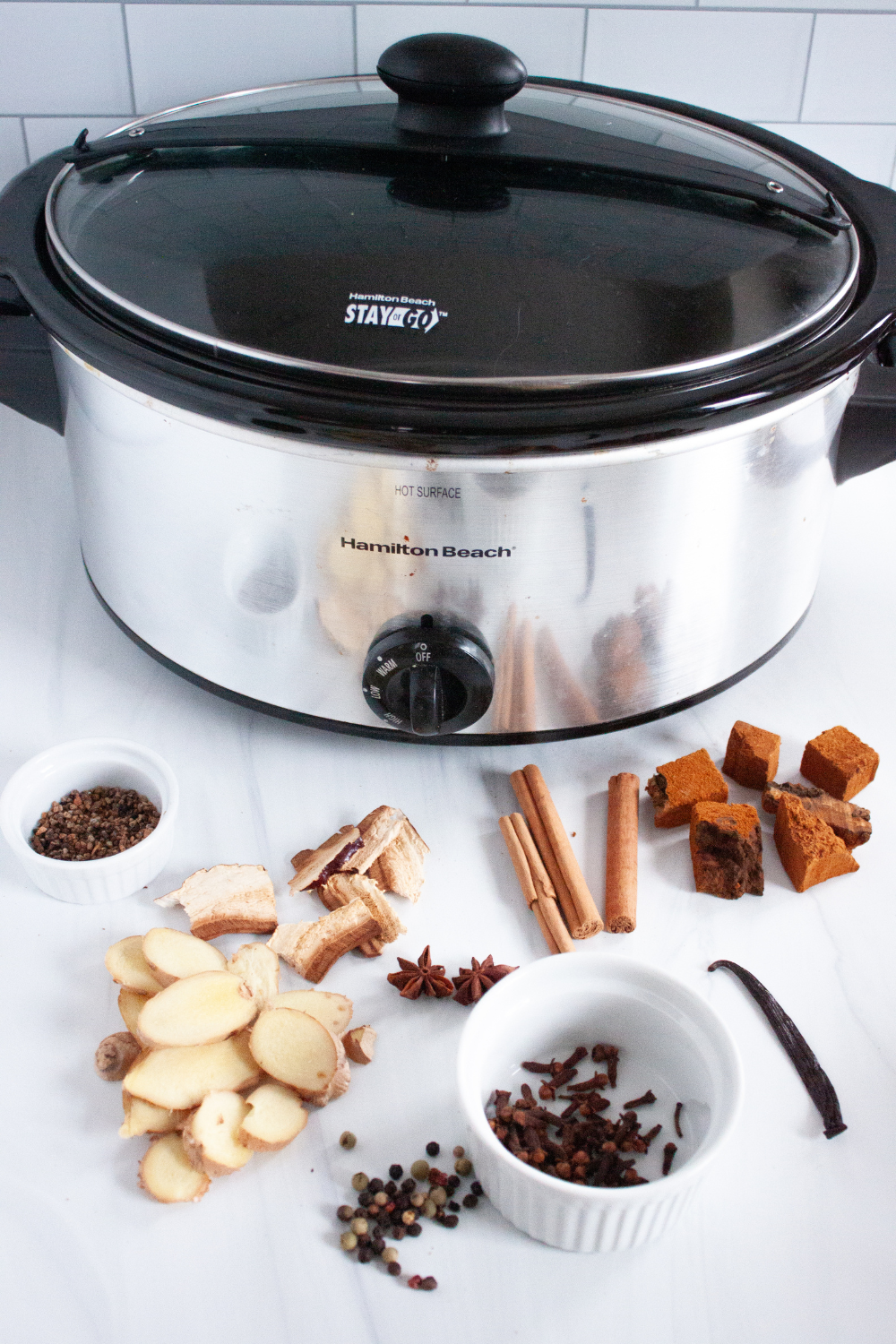
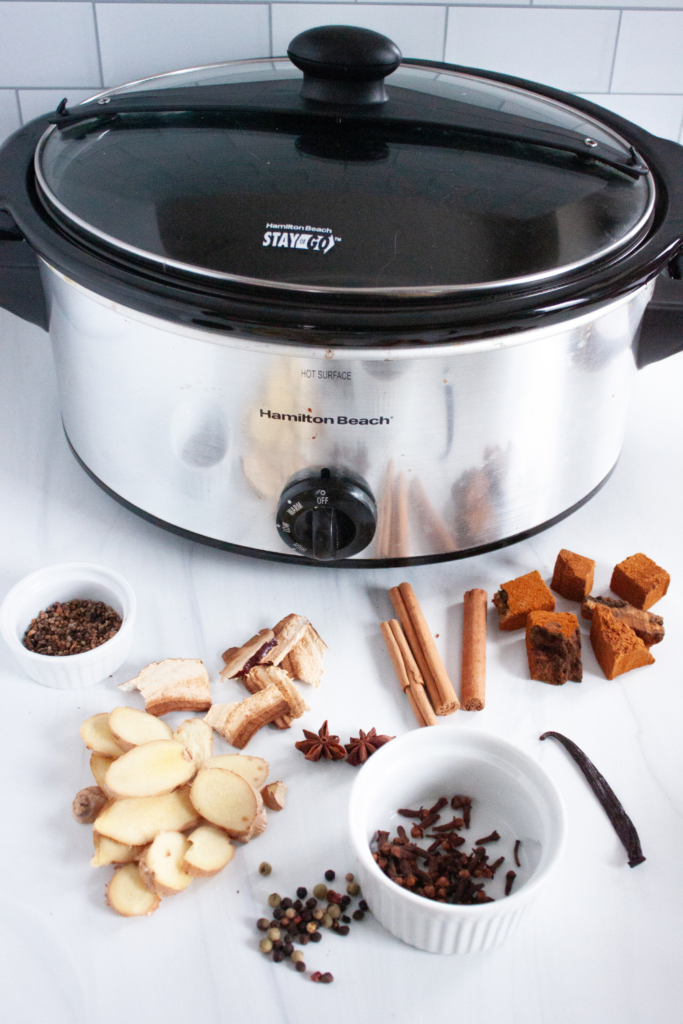
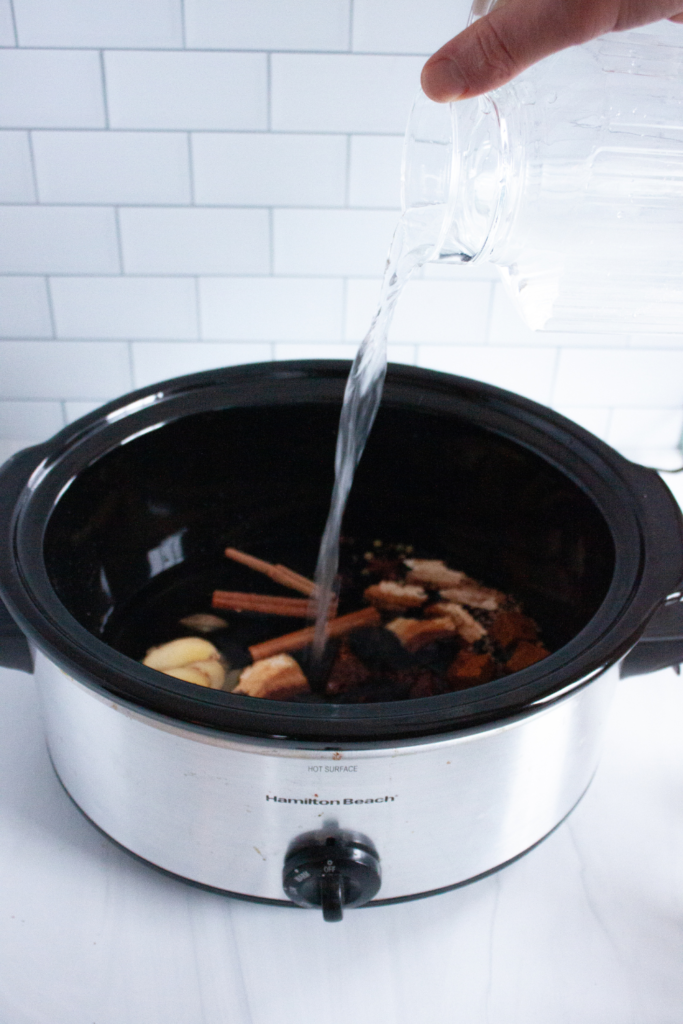
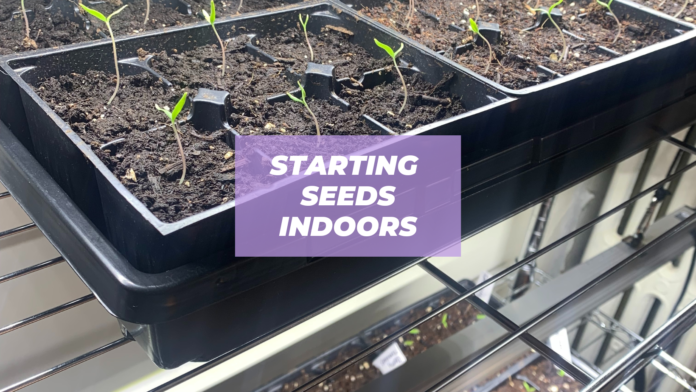



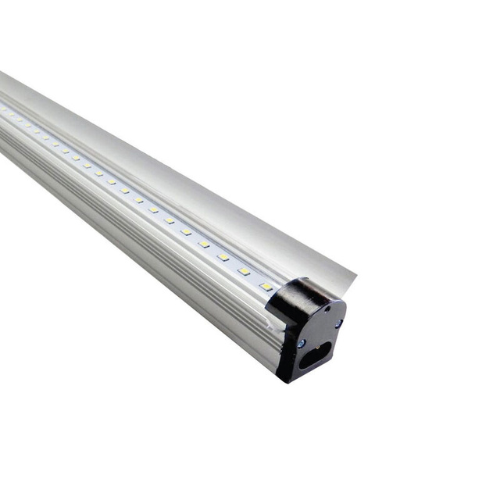

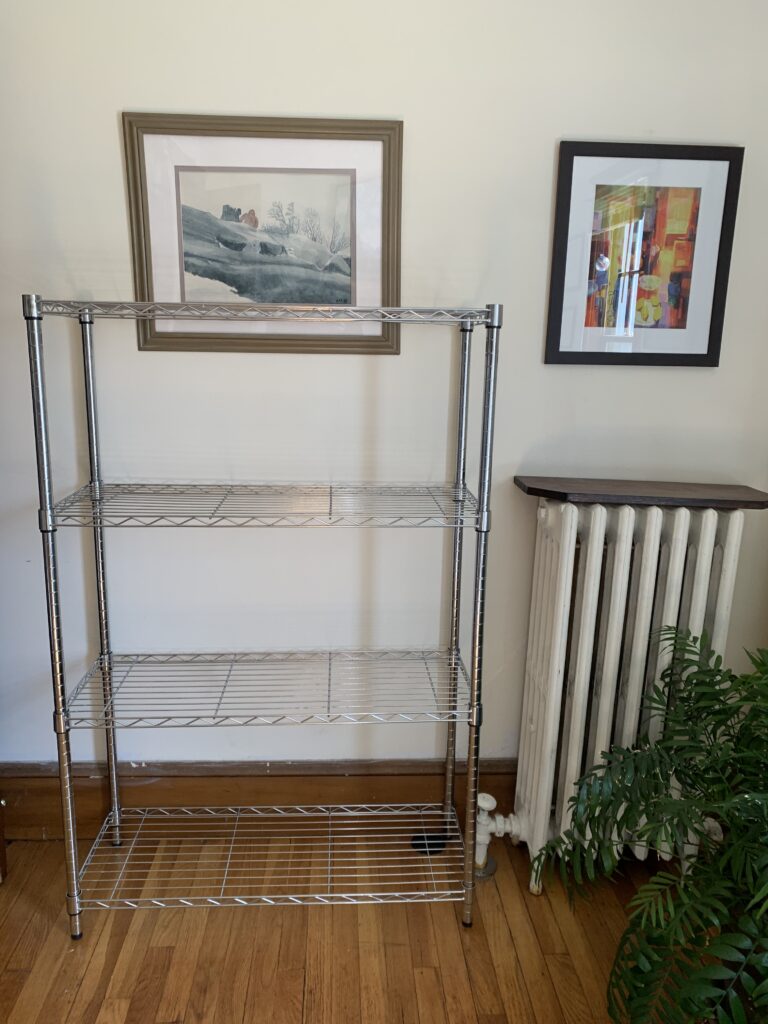
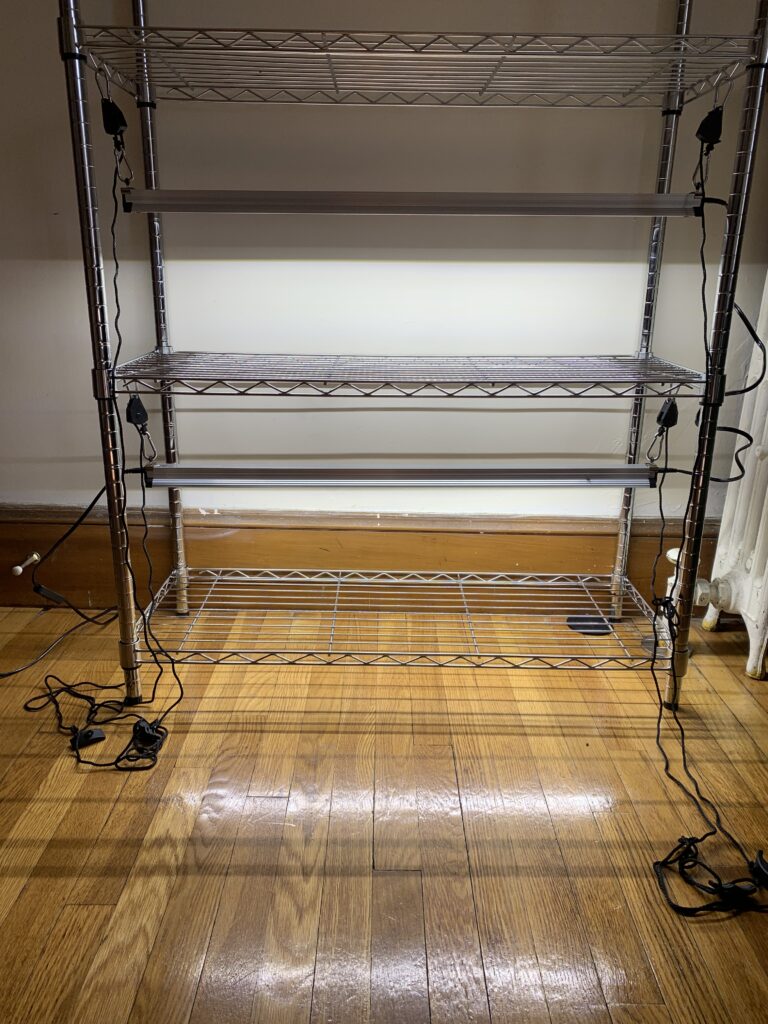
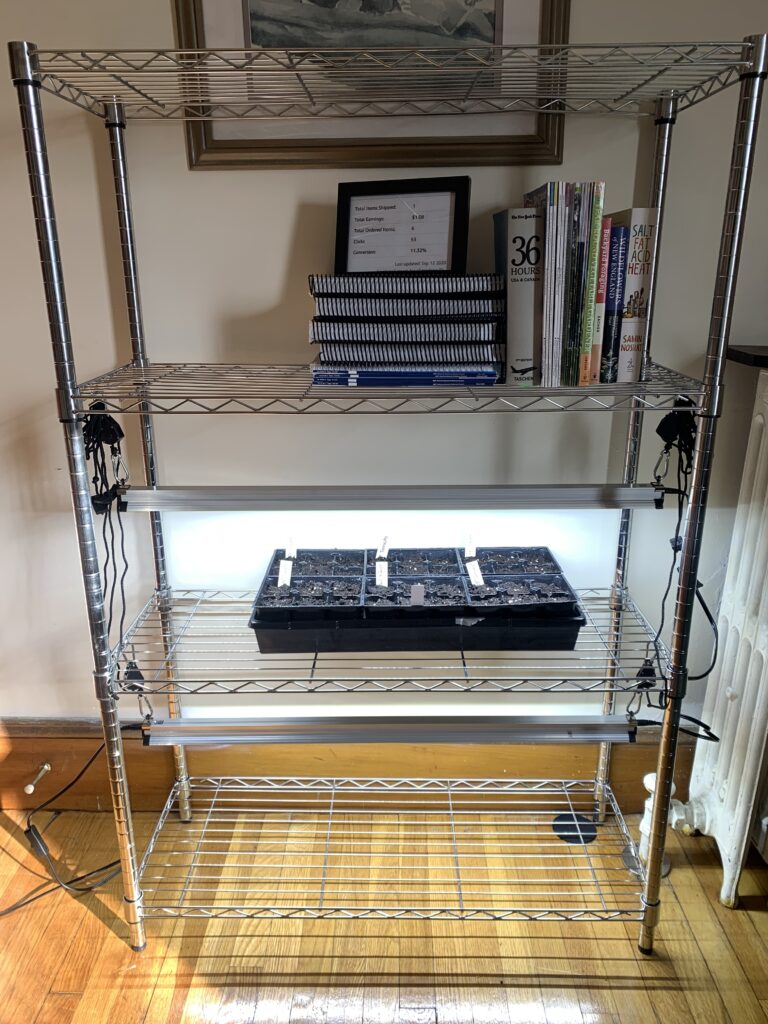
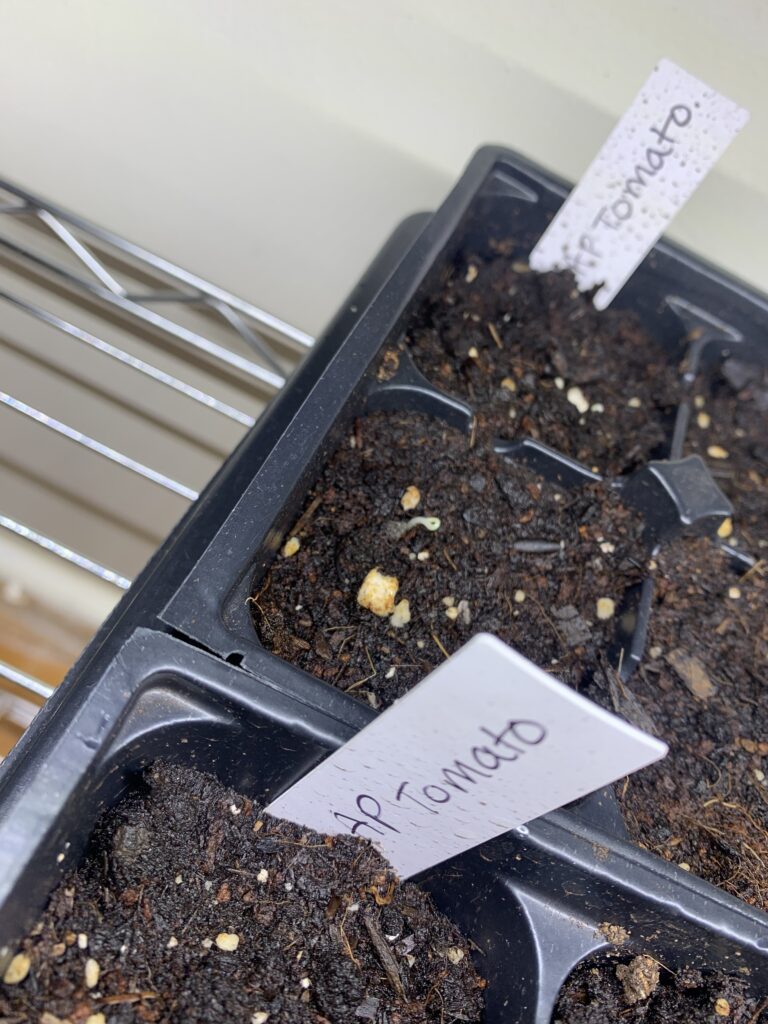
![[2 Pack] NEARPOW Digital Timer For Lamp With Dual Outlets, Programmable Timer In Door, Outlet Timer For Lights,10 On/Off Programs, 24-Hour And 7-Day Programmable Electric Plug Timer,3 Prong, 15A/1875W](https://m.media-amazon.com/images/I/41jjKD4parL.jpg)
